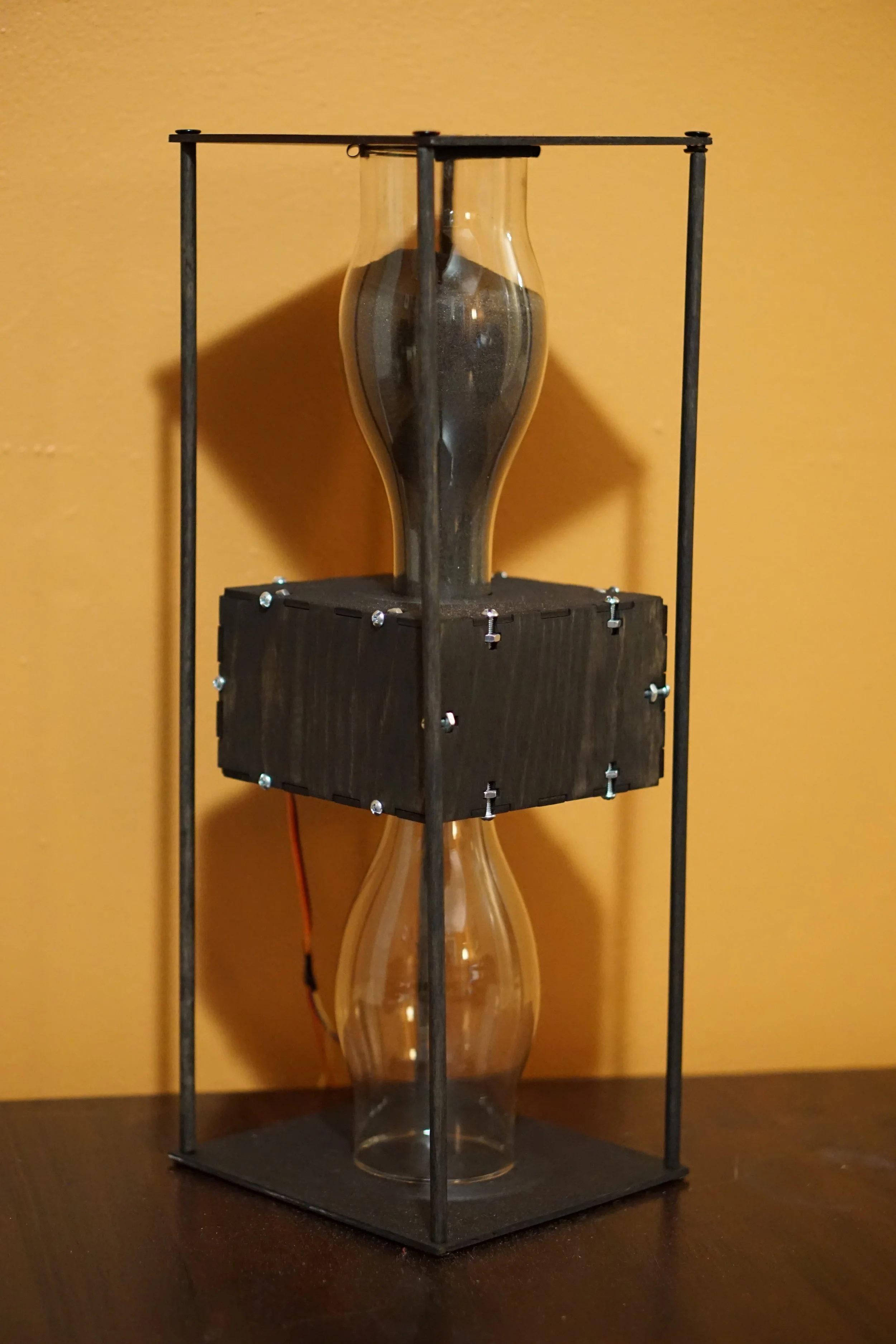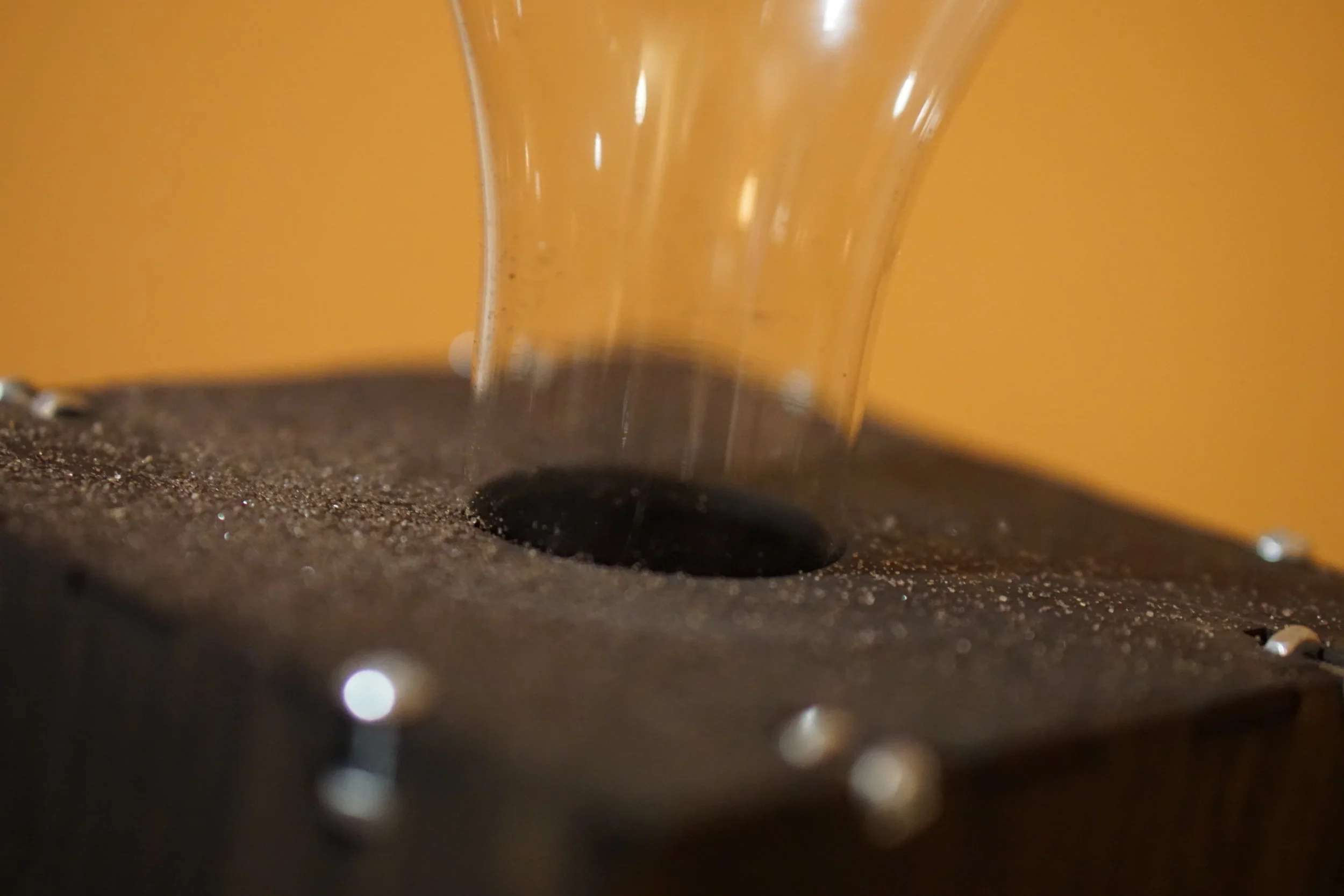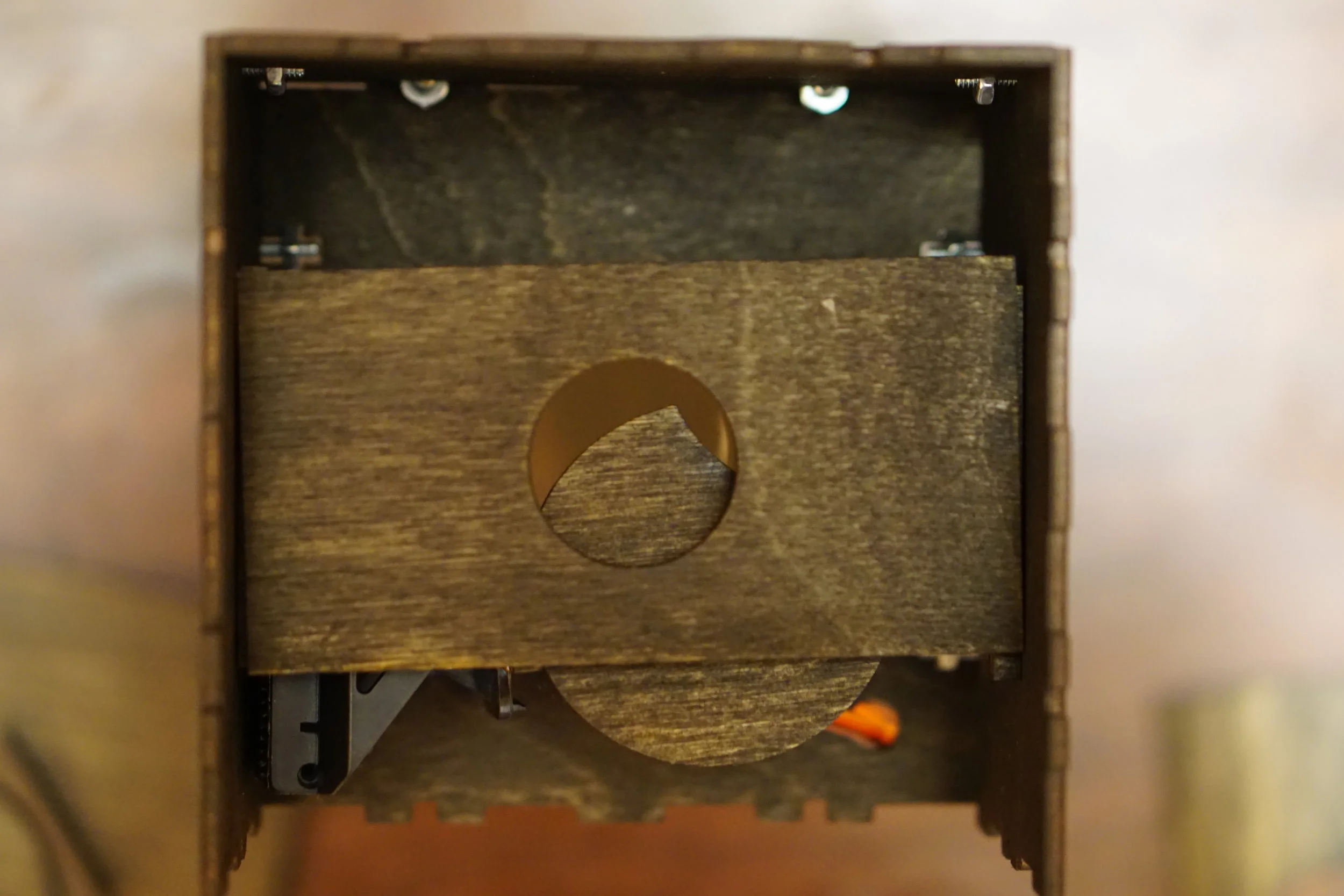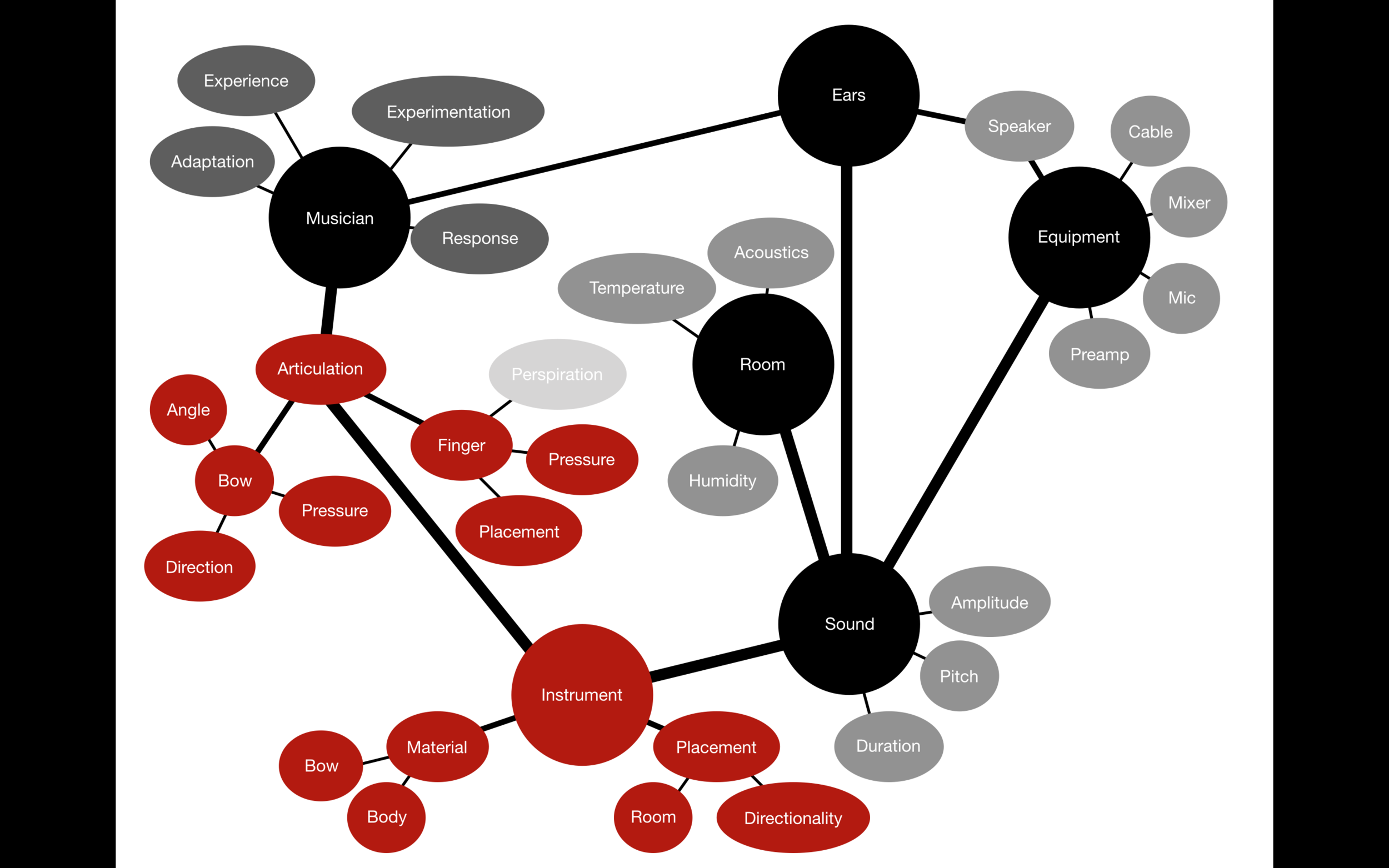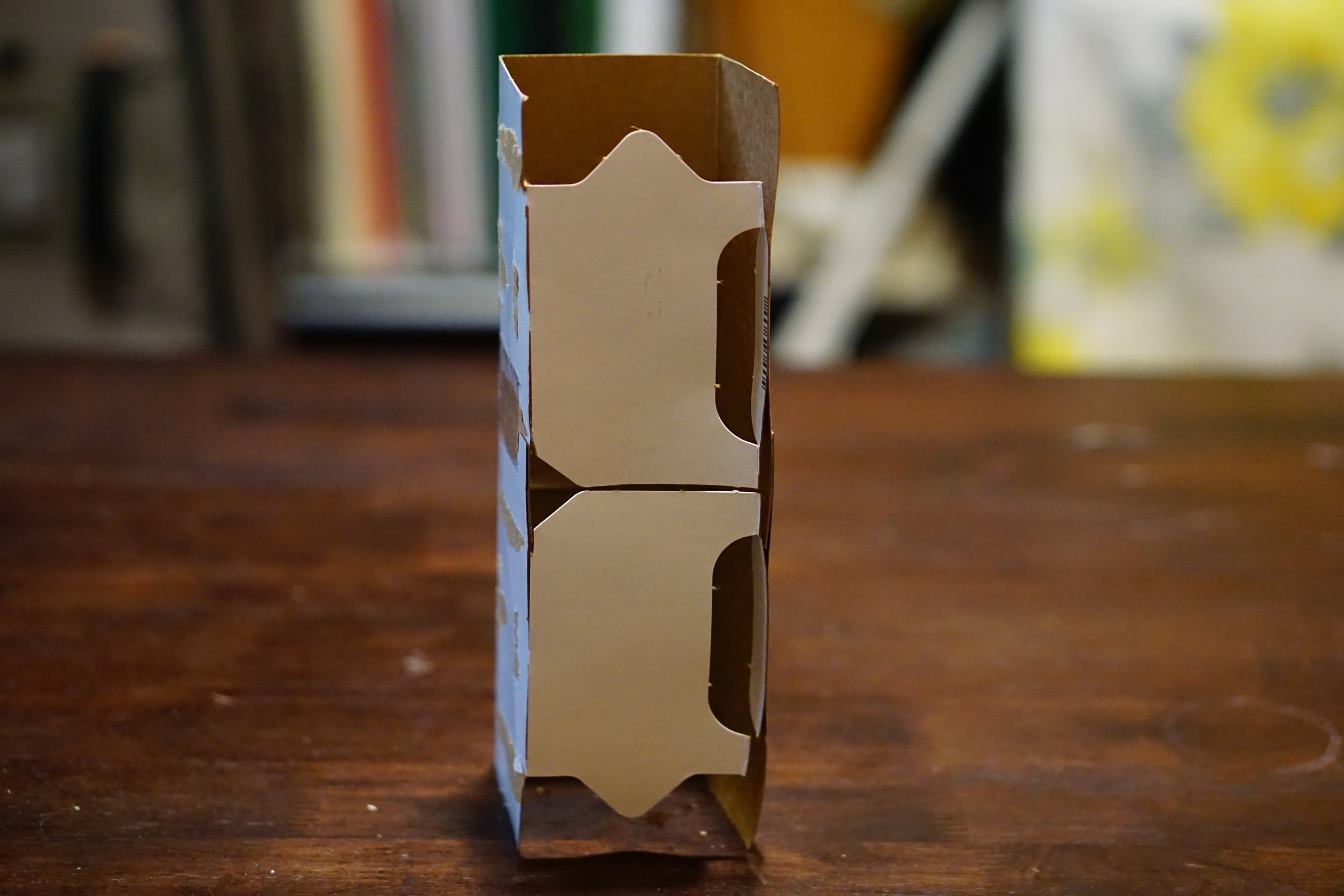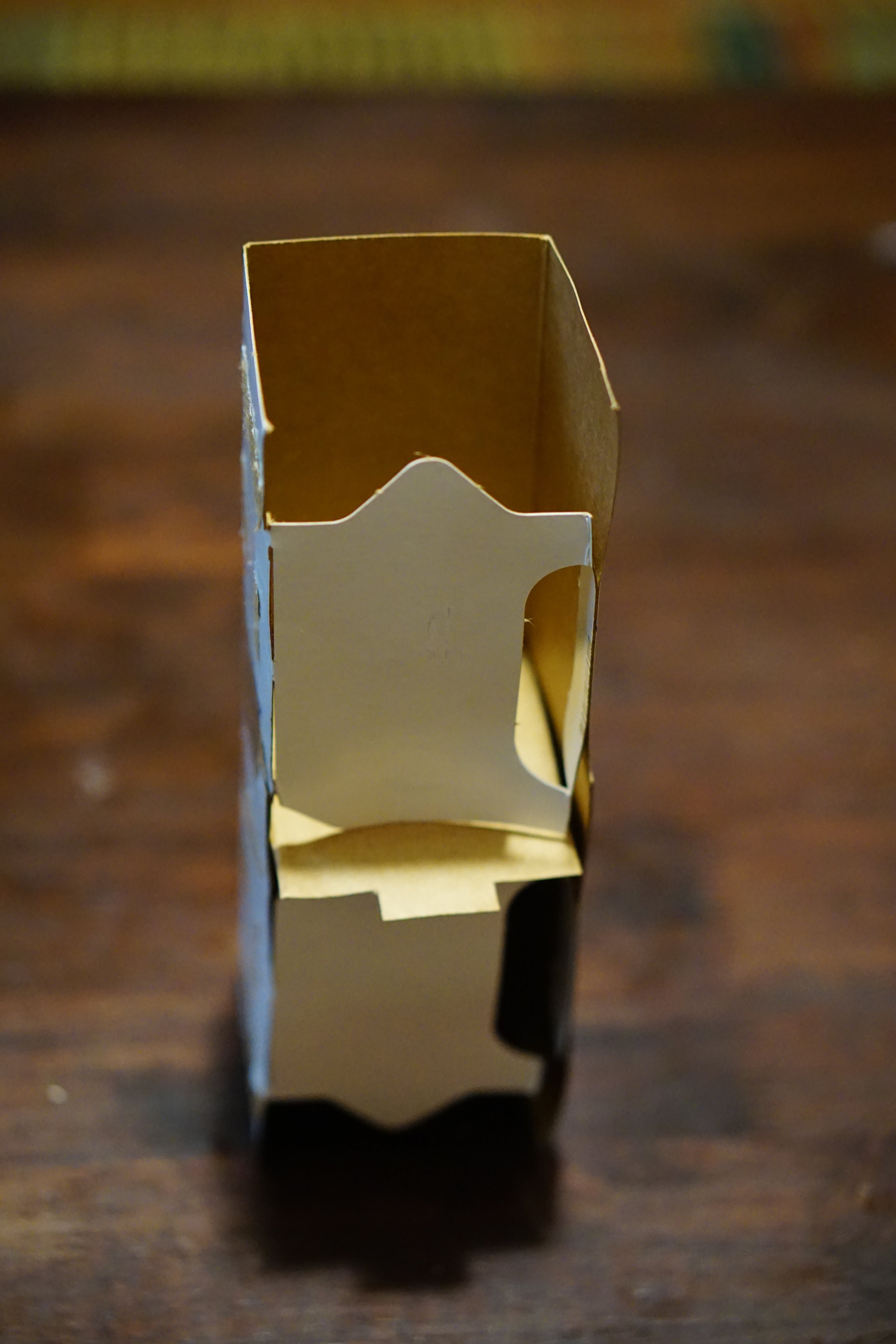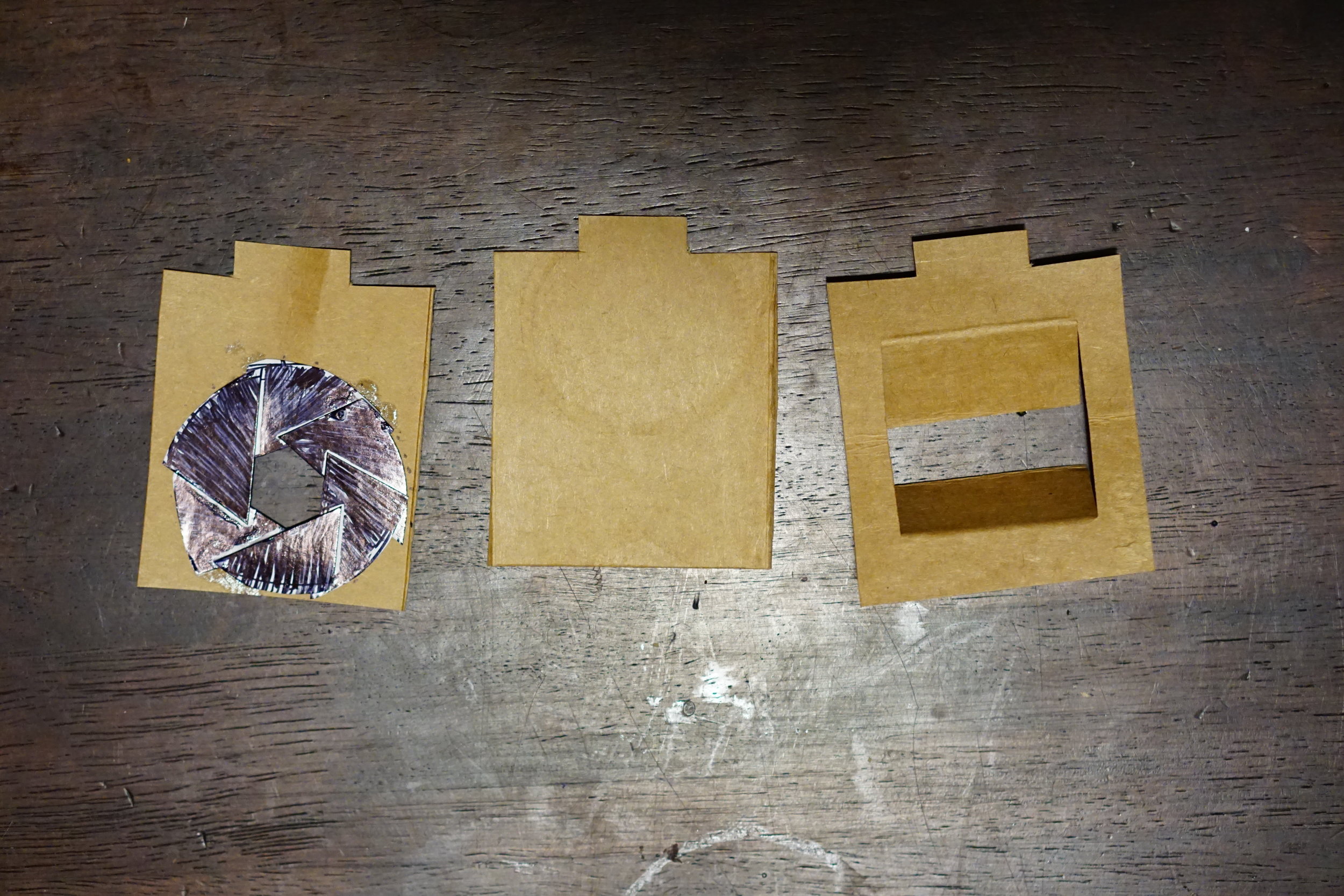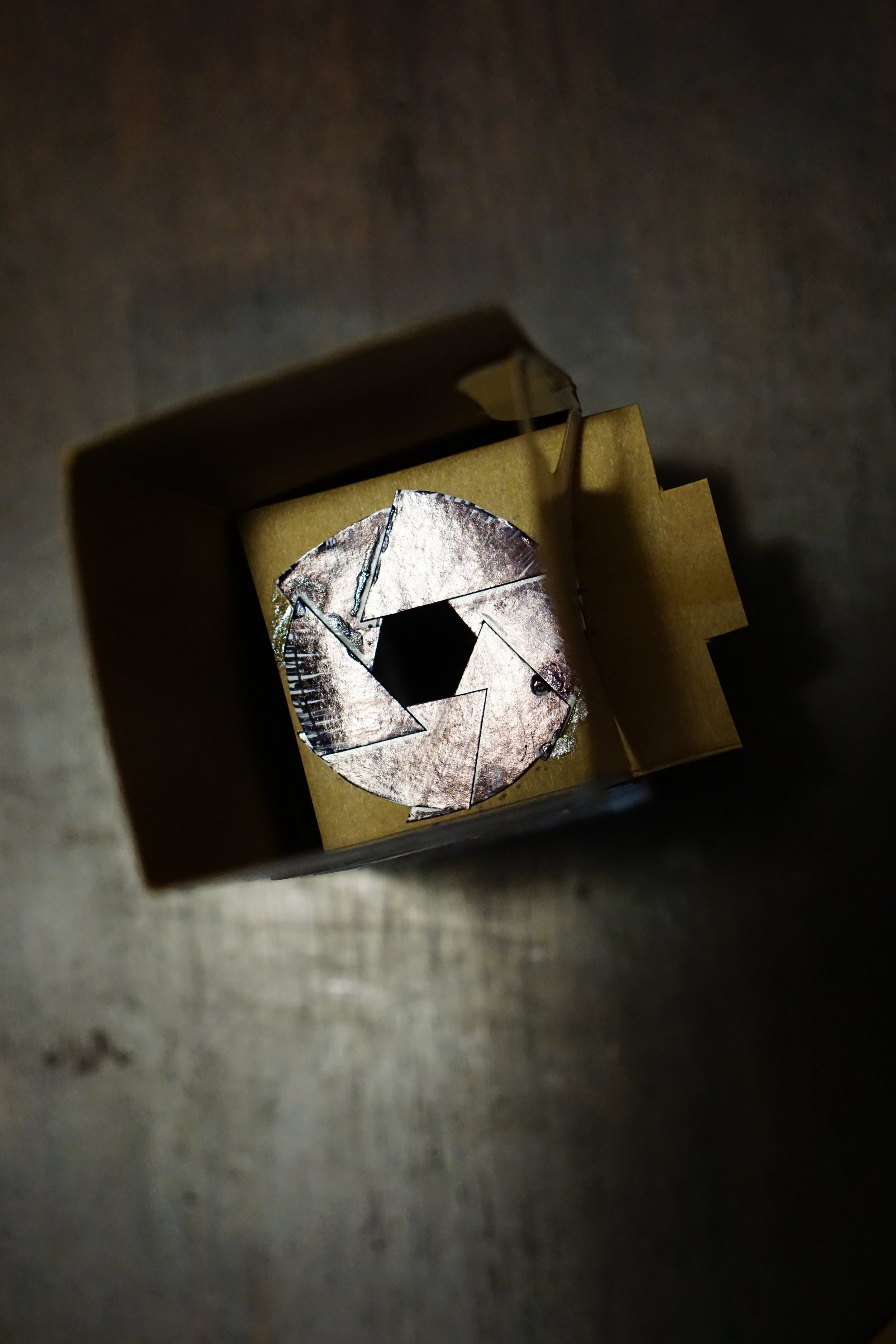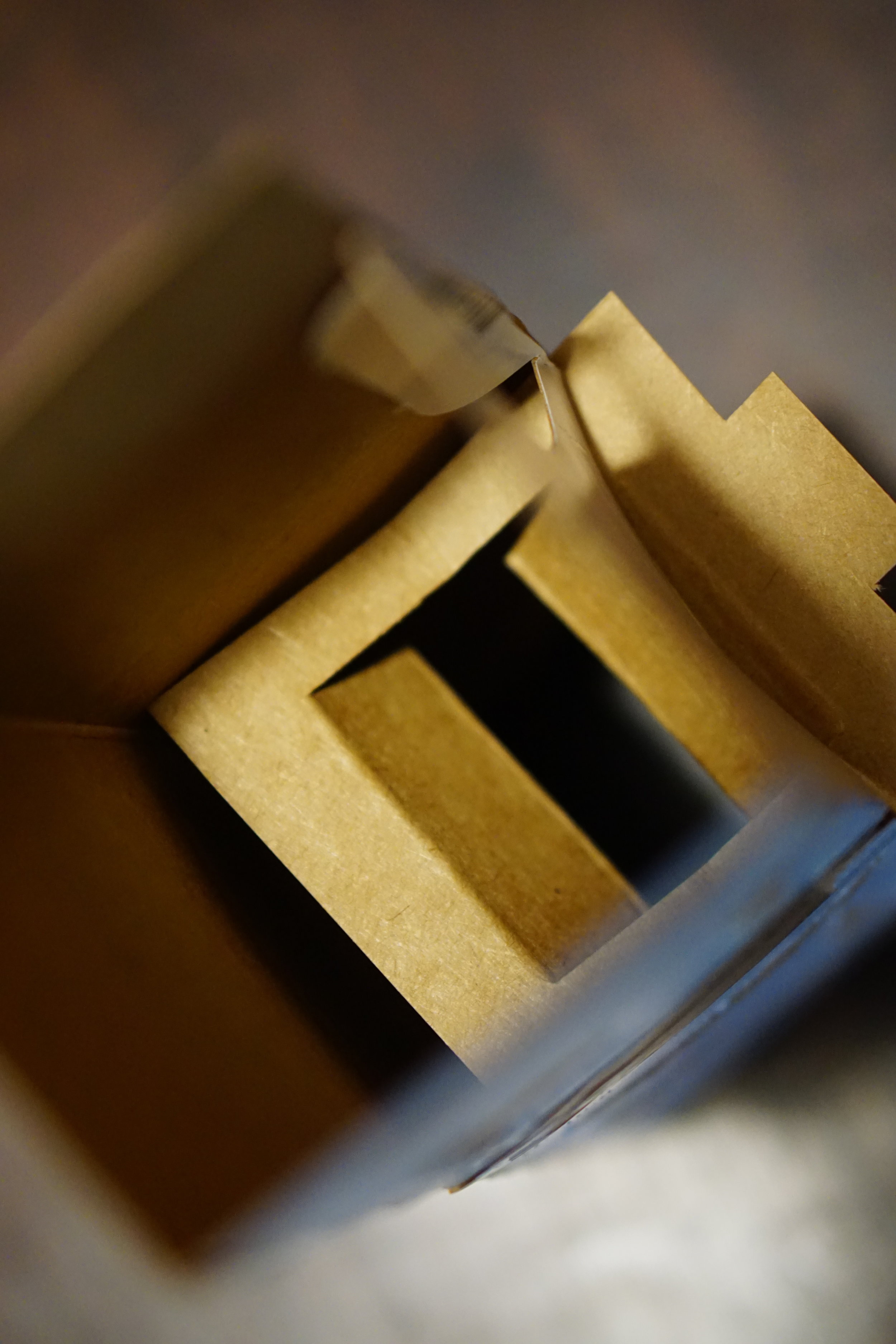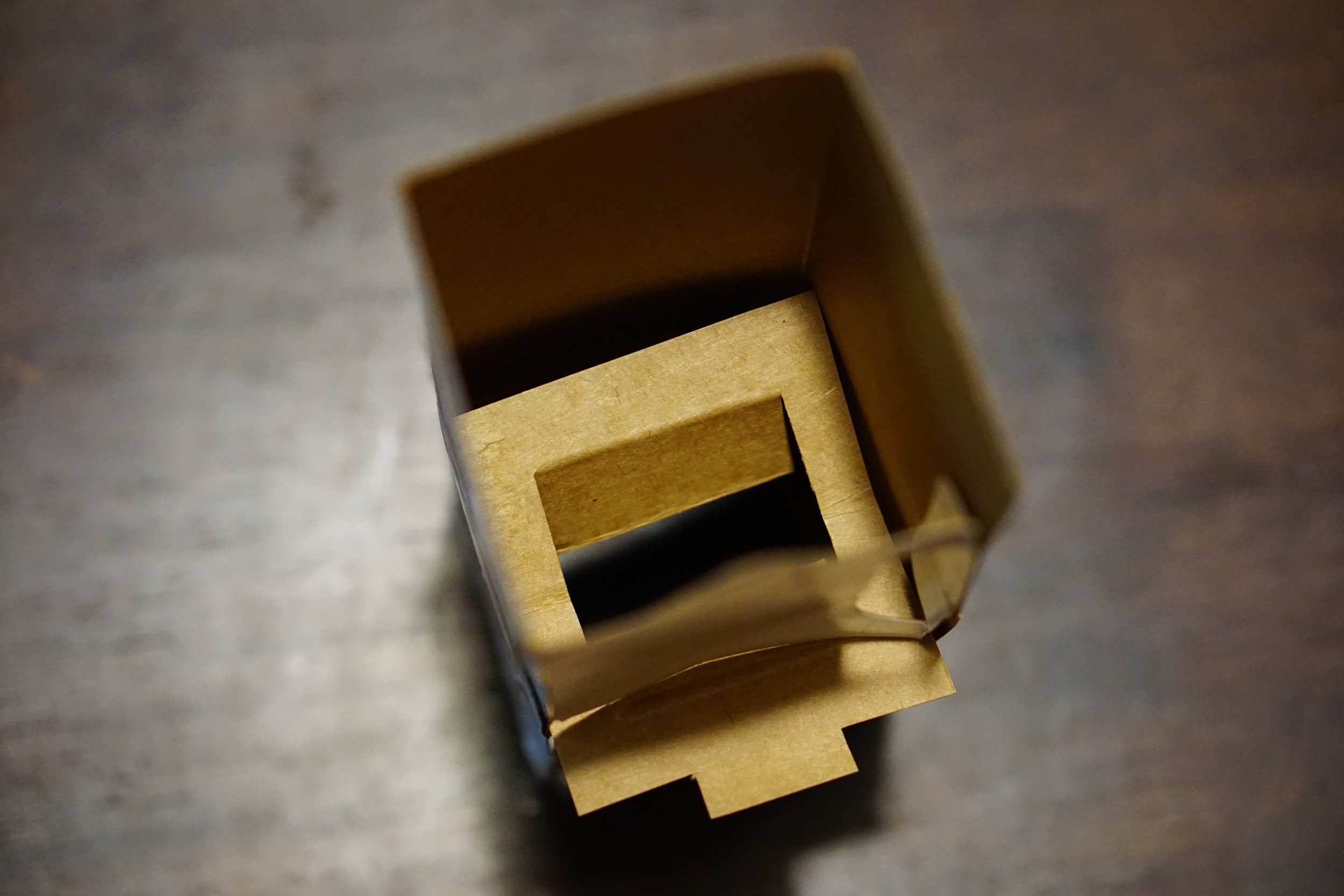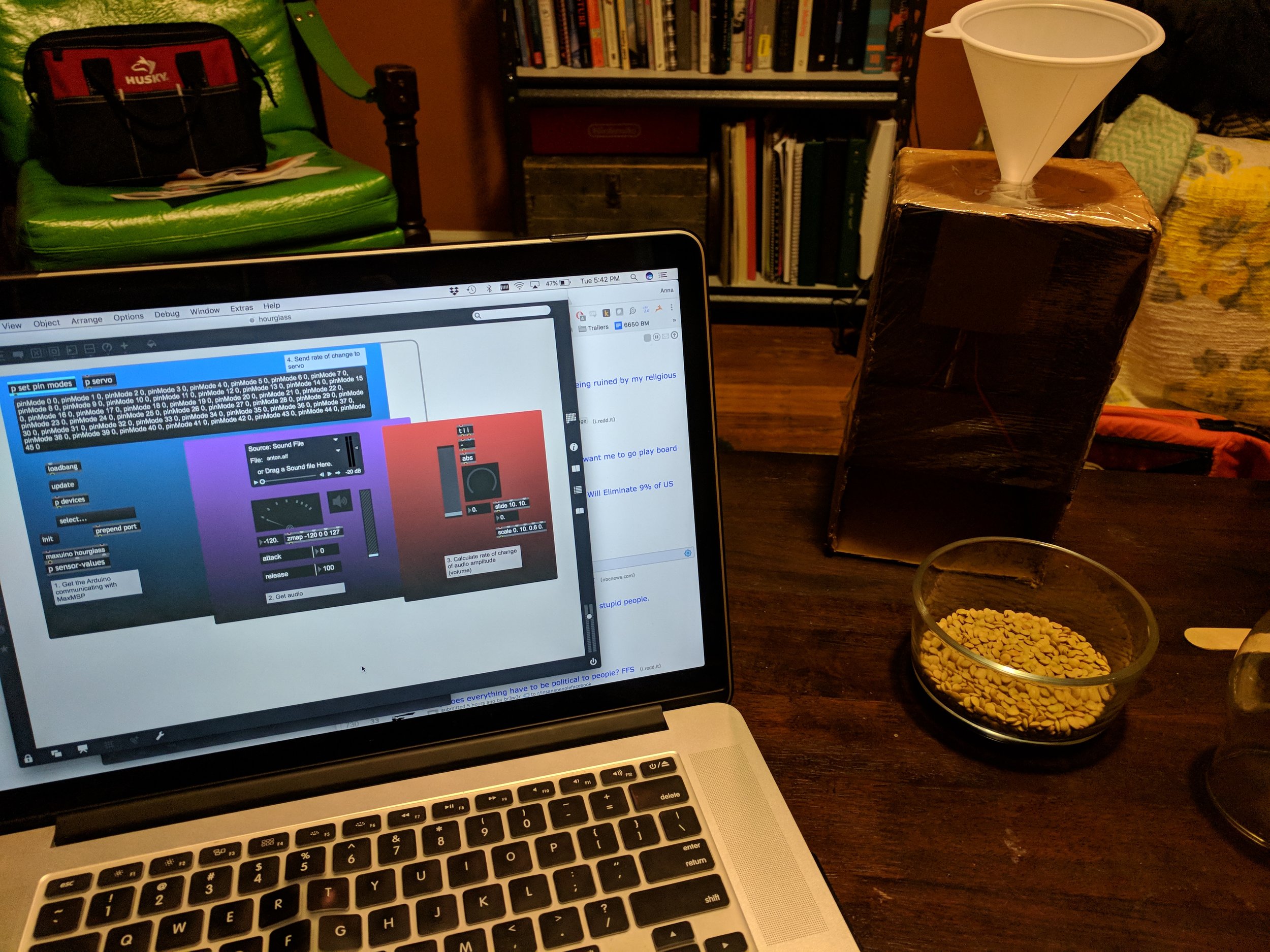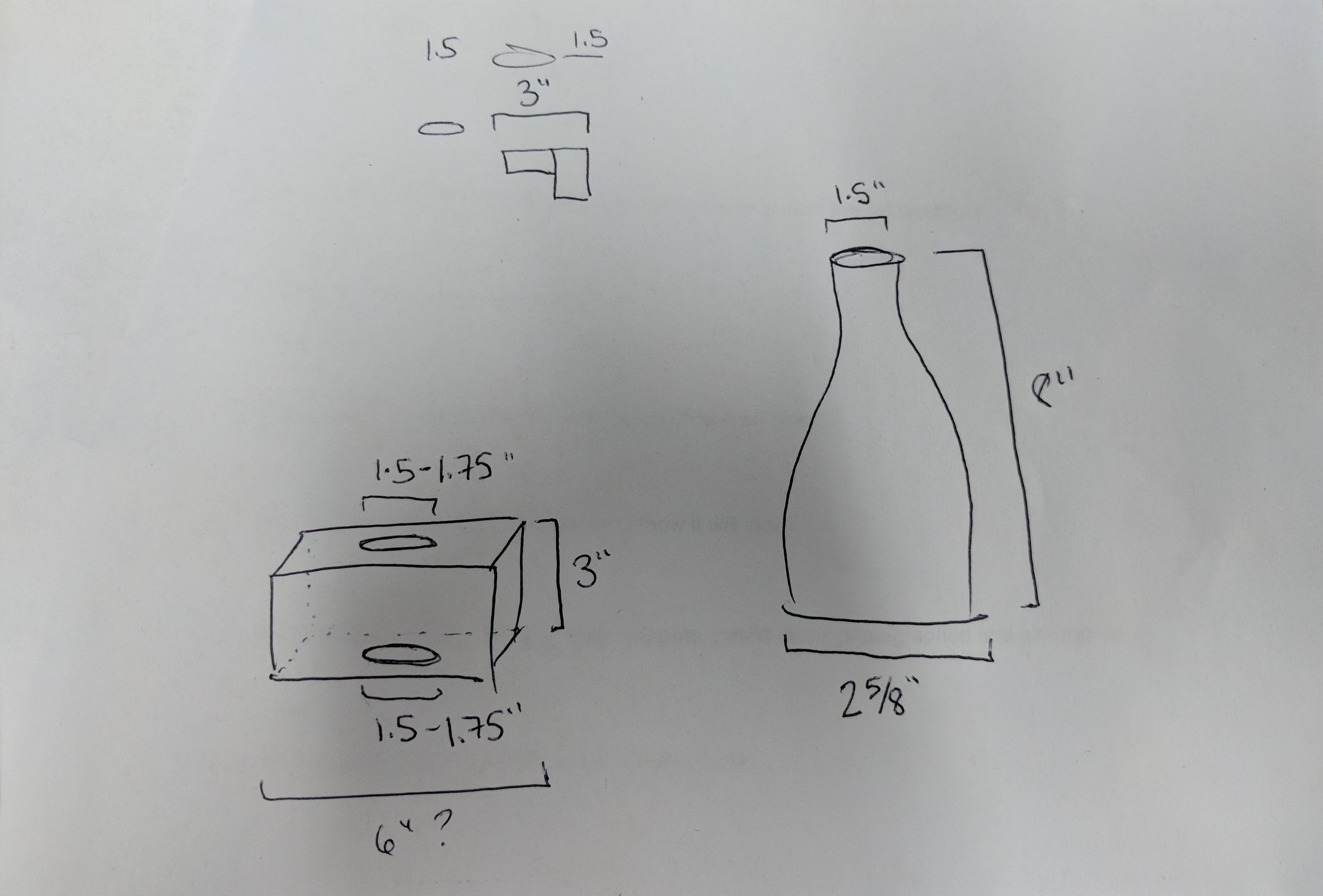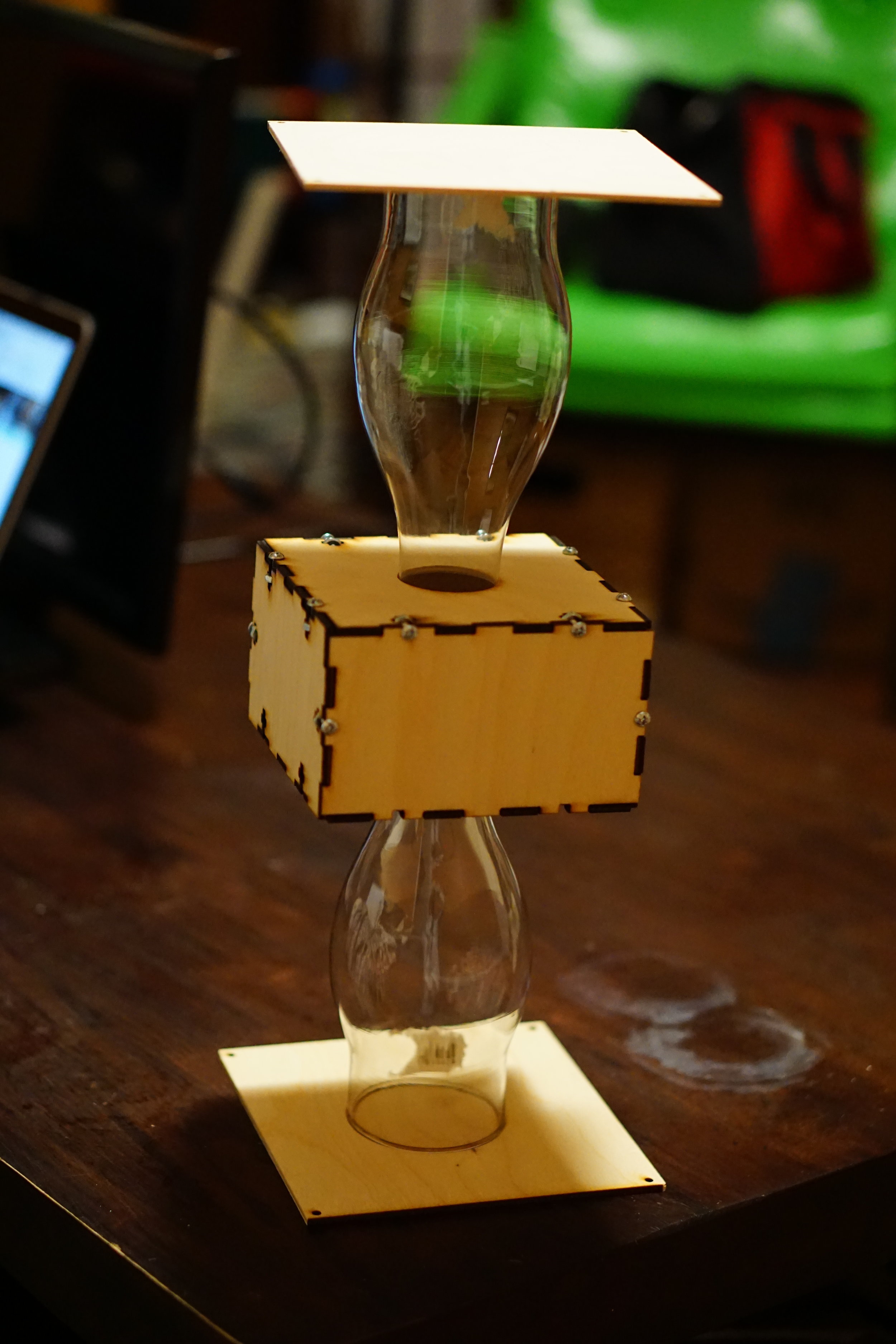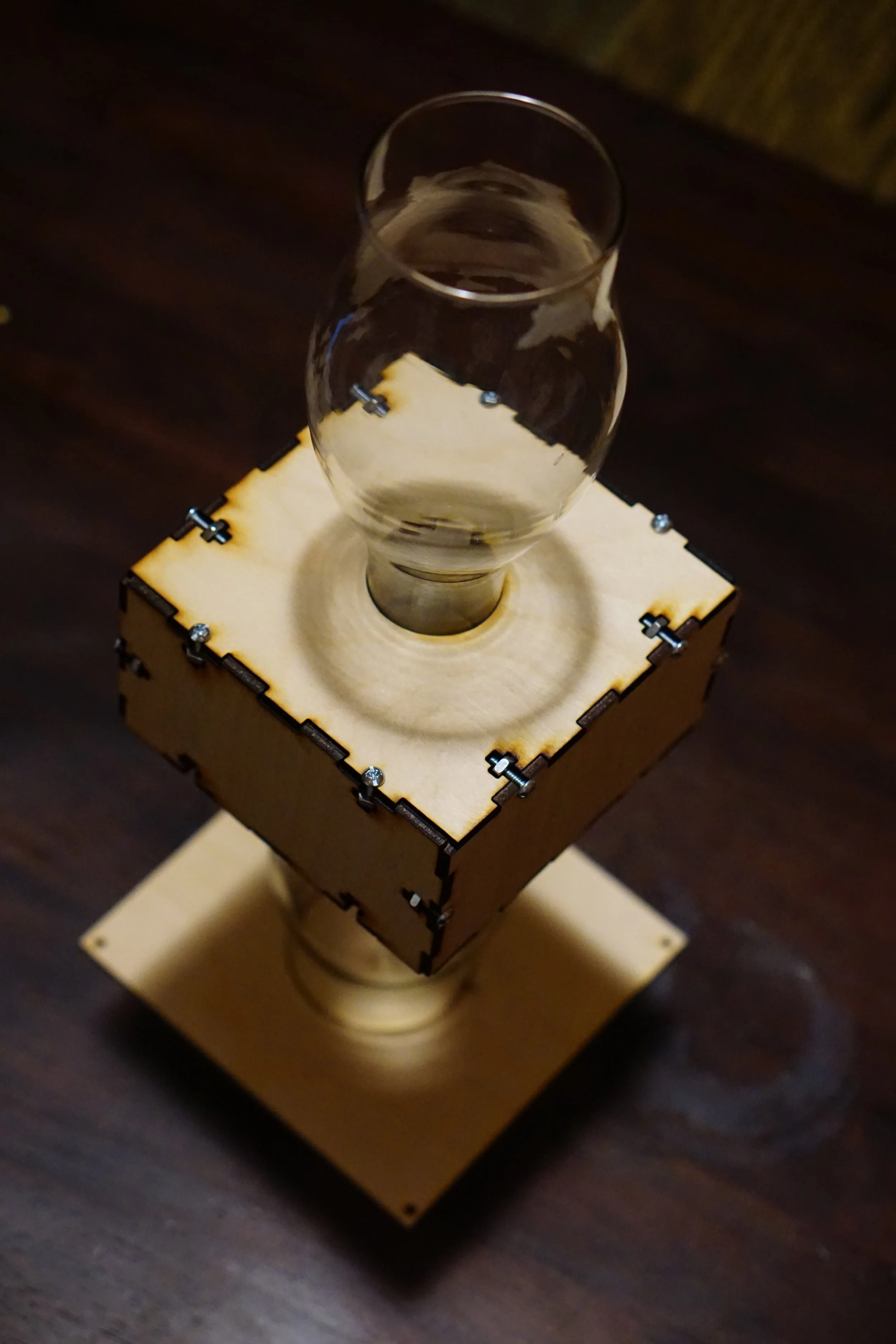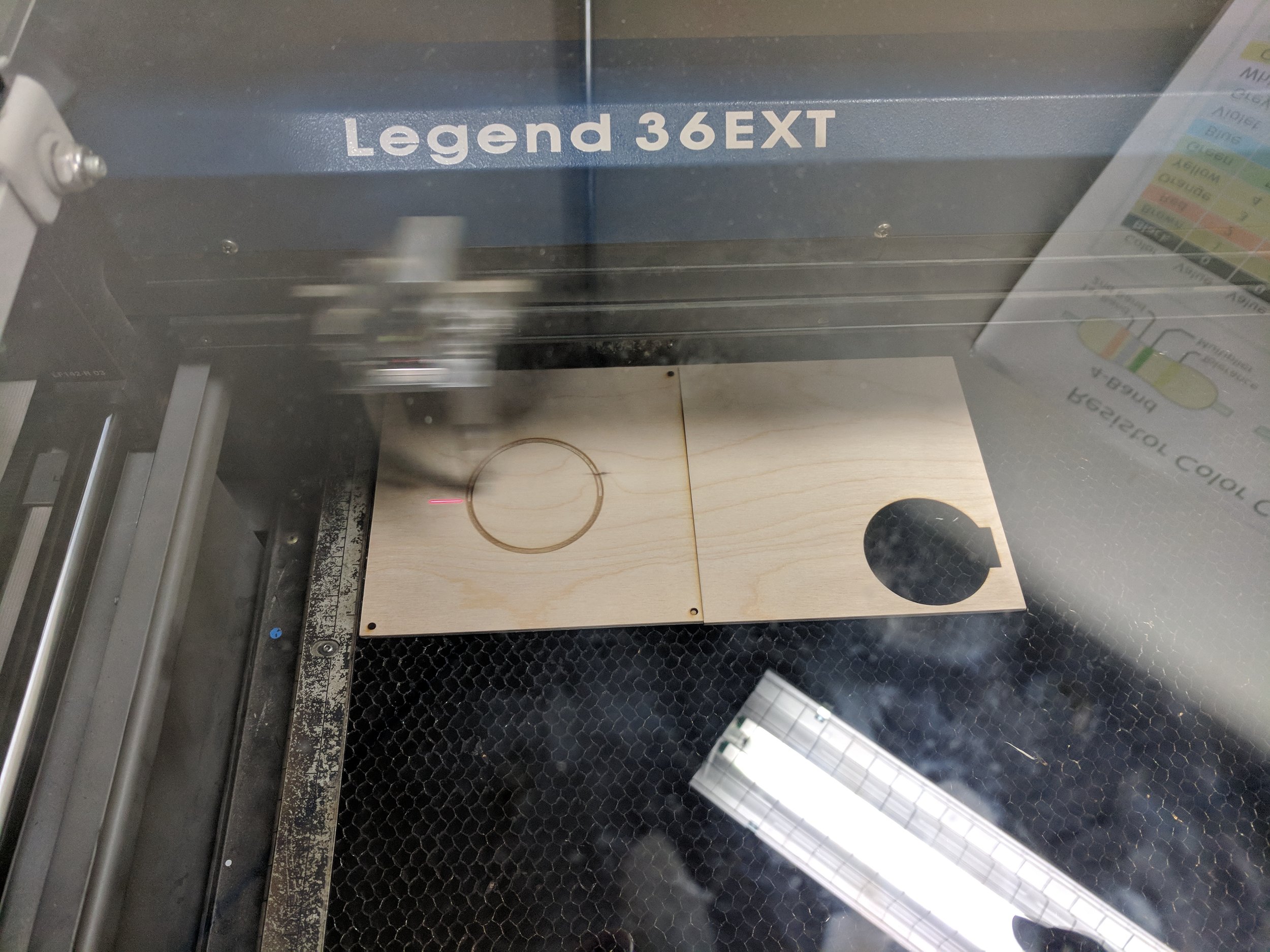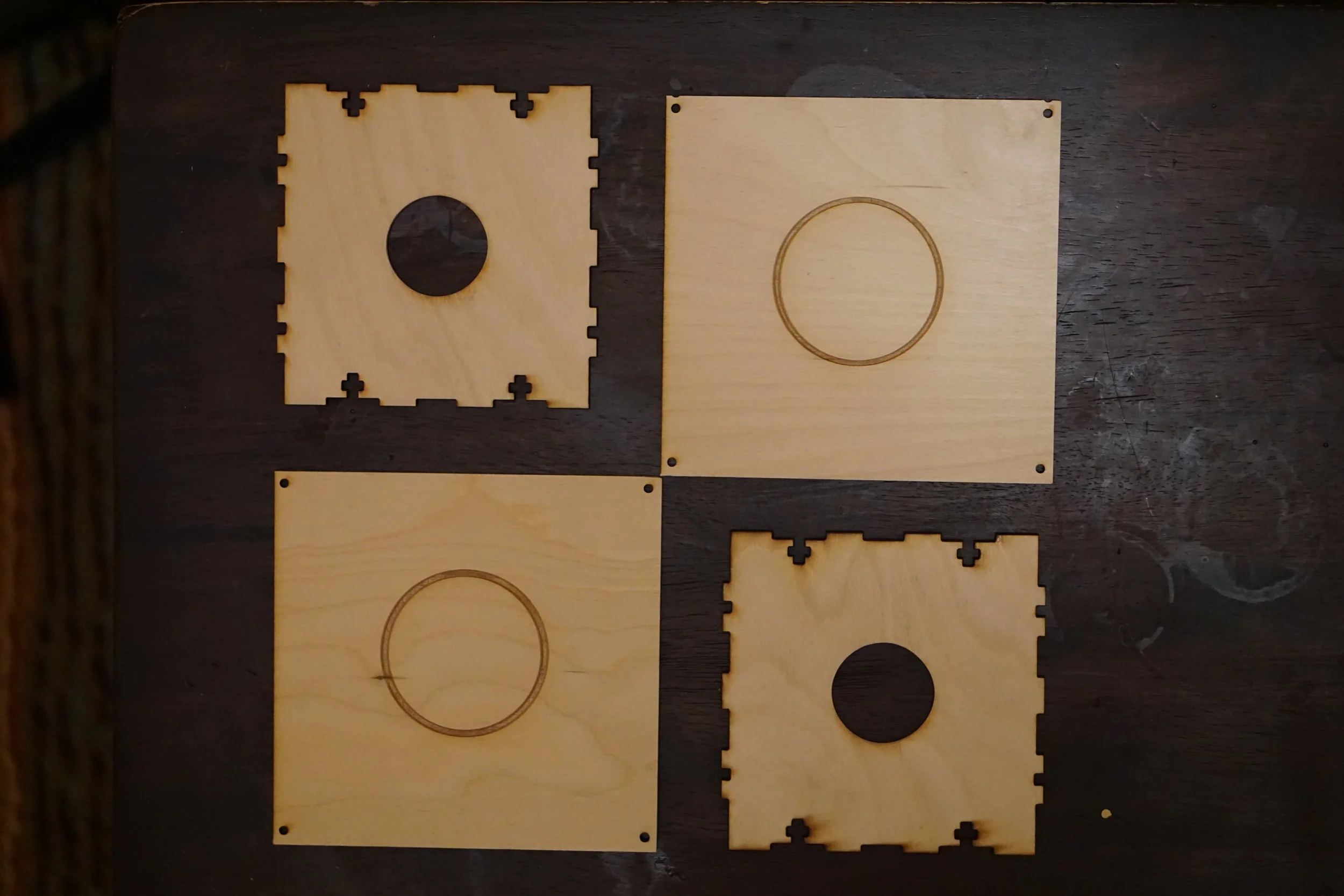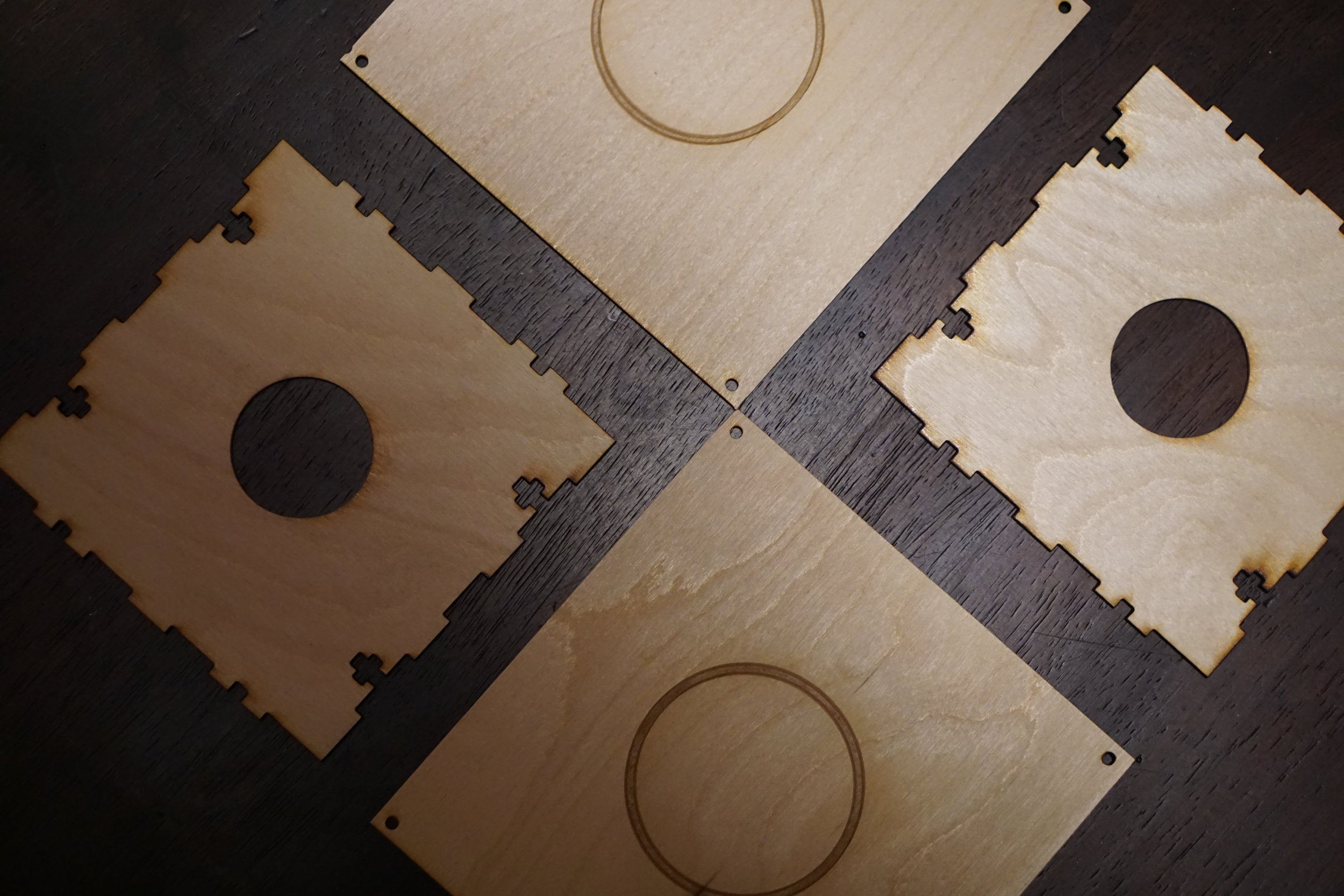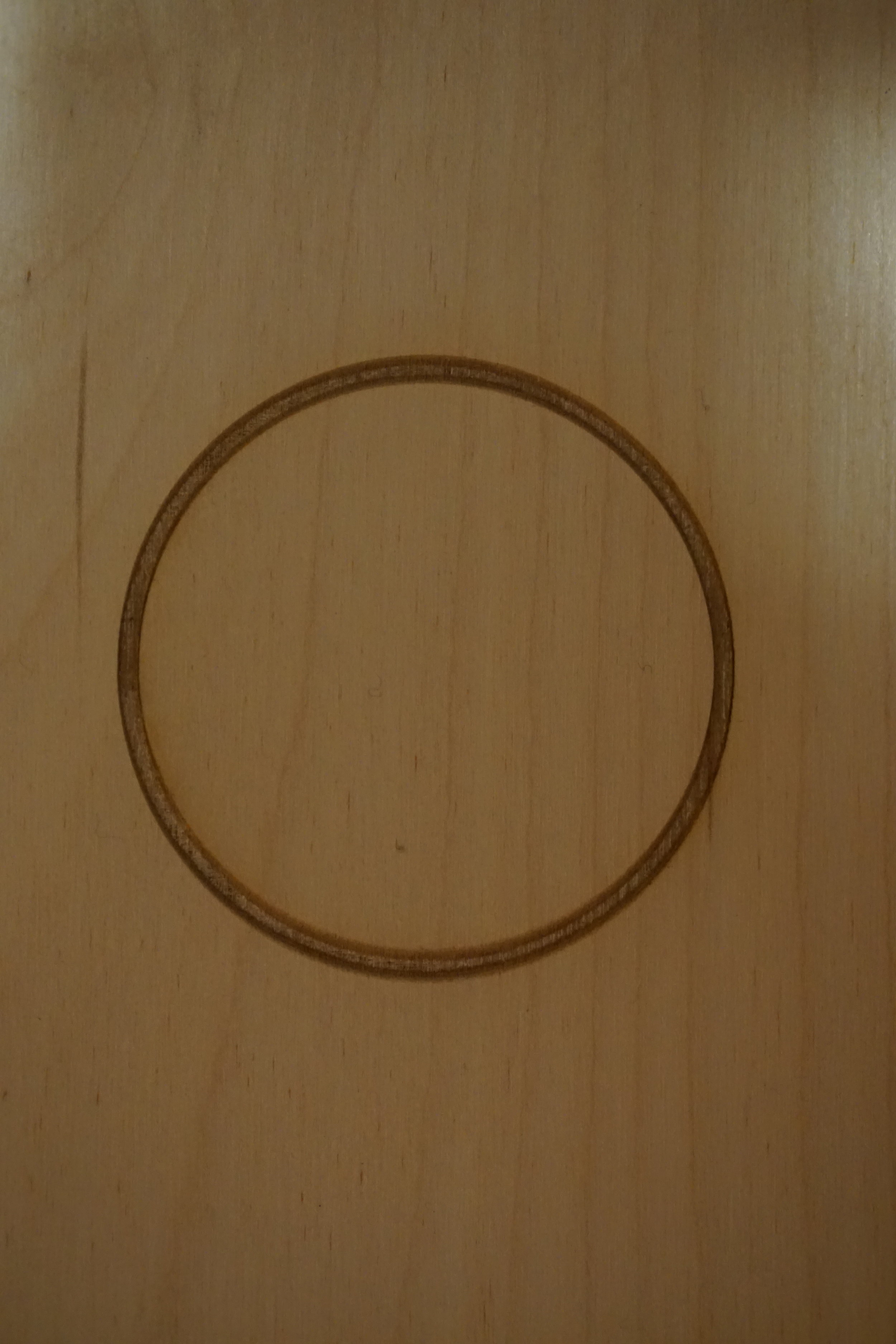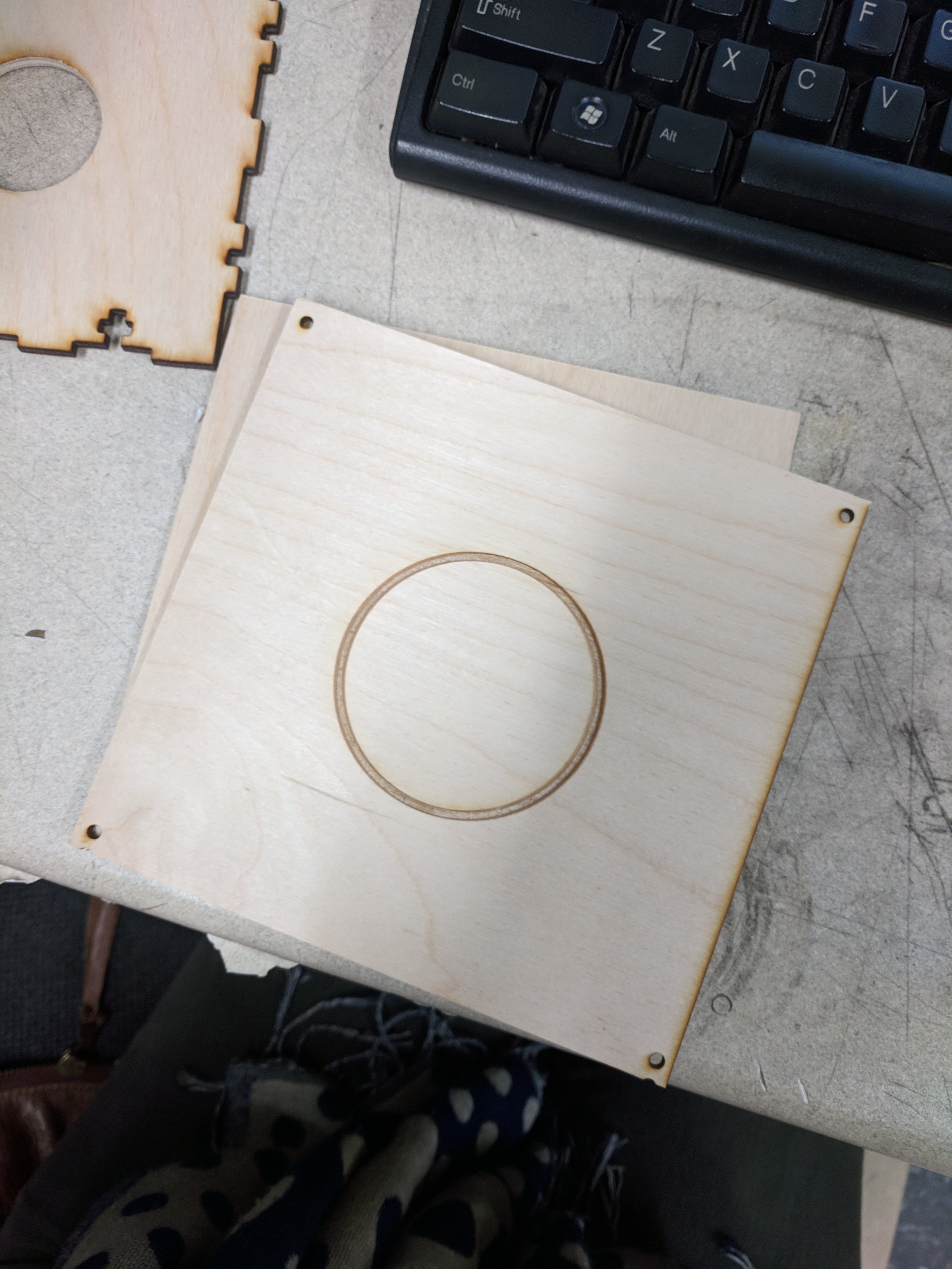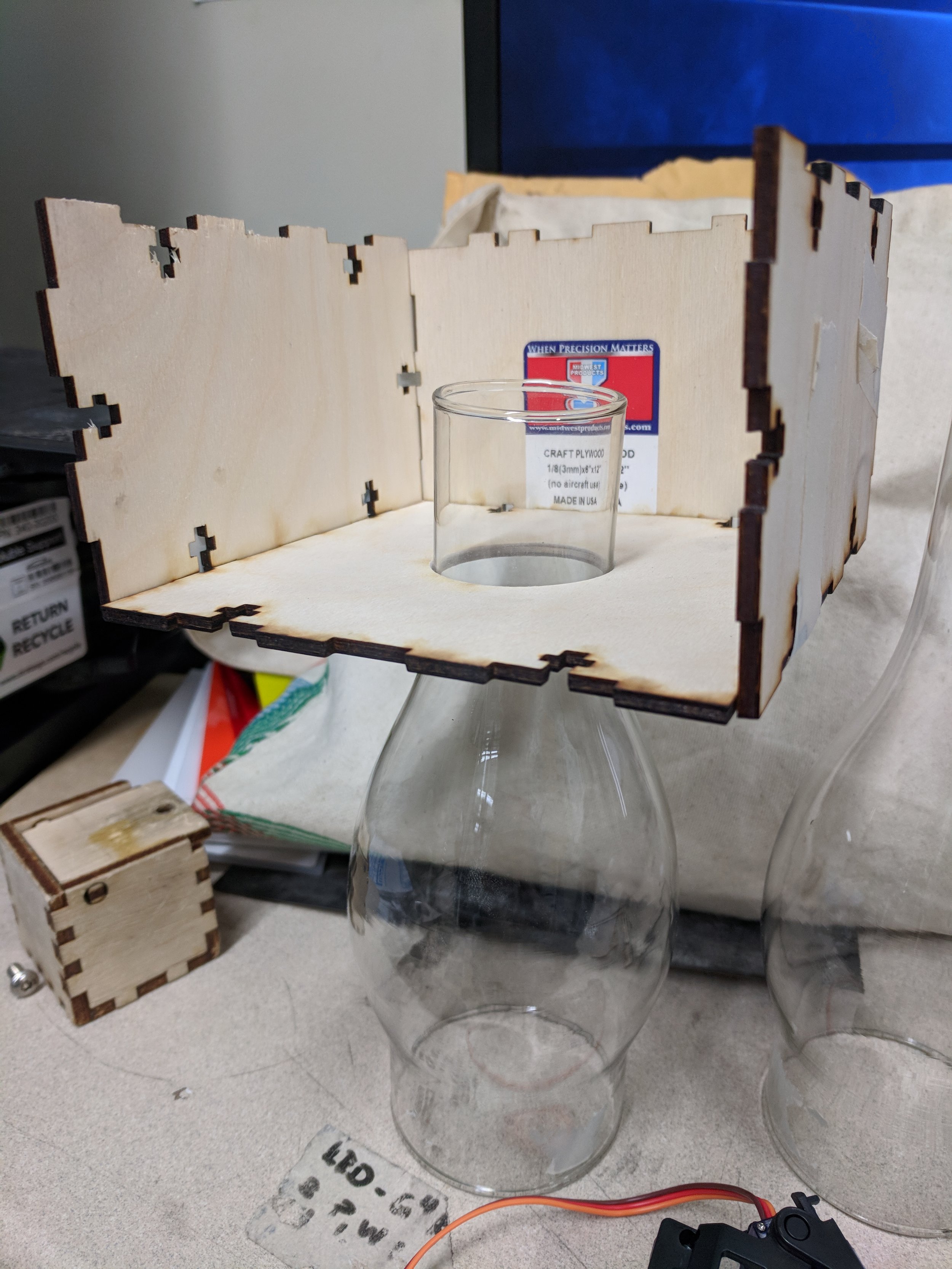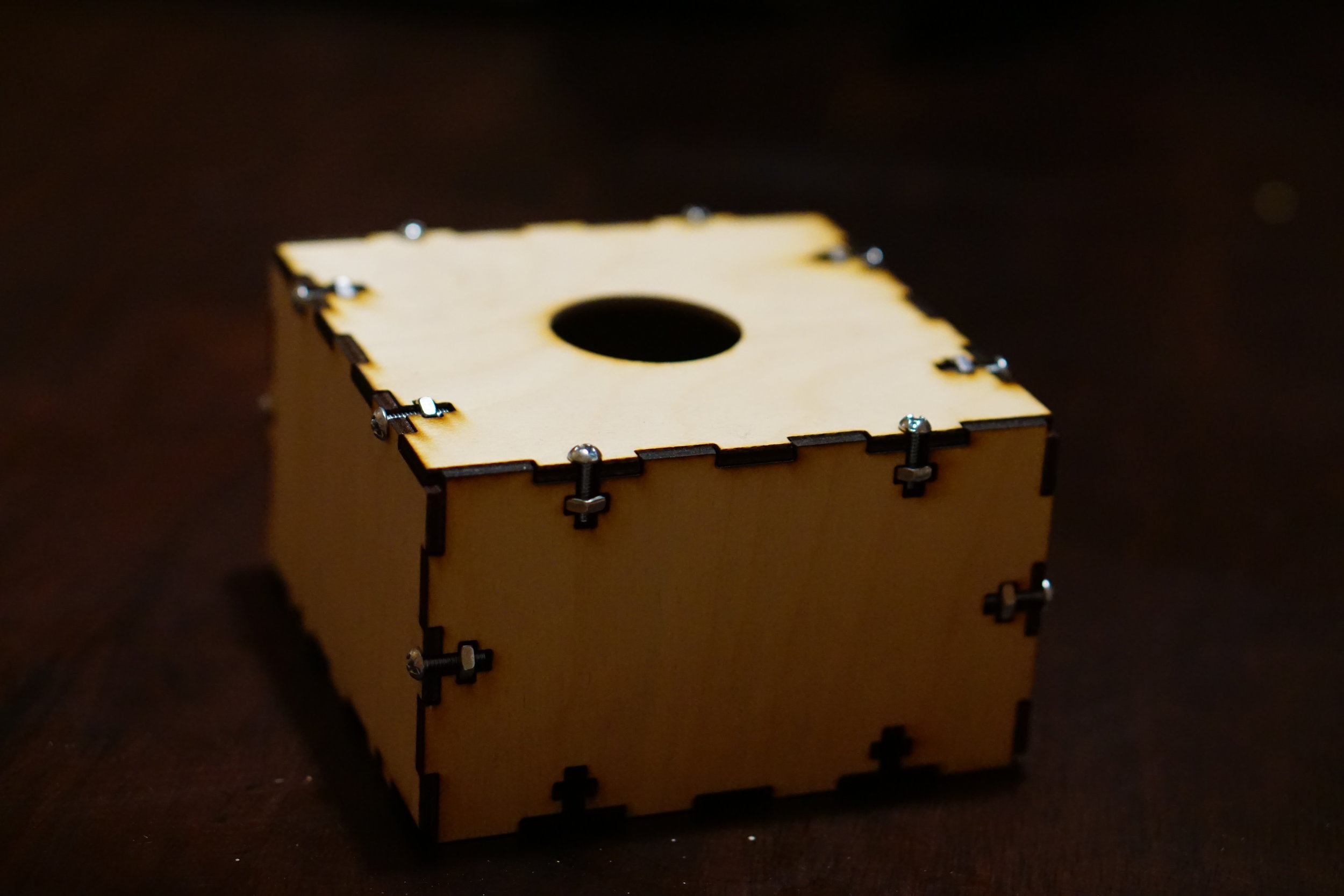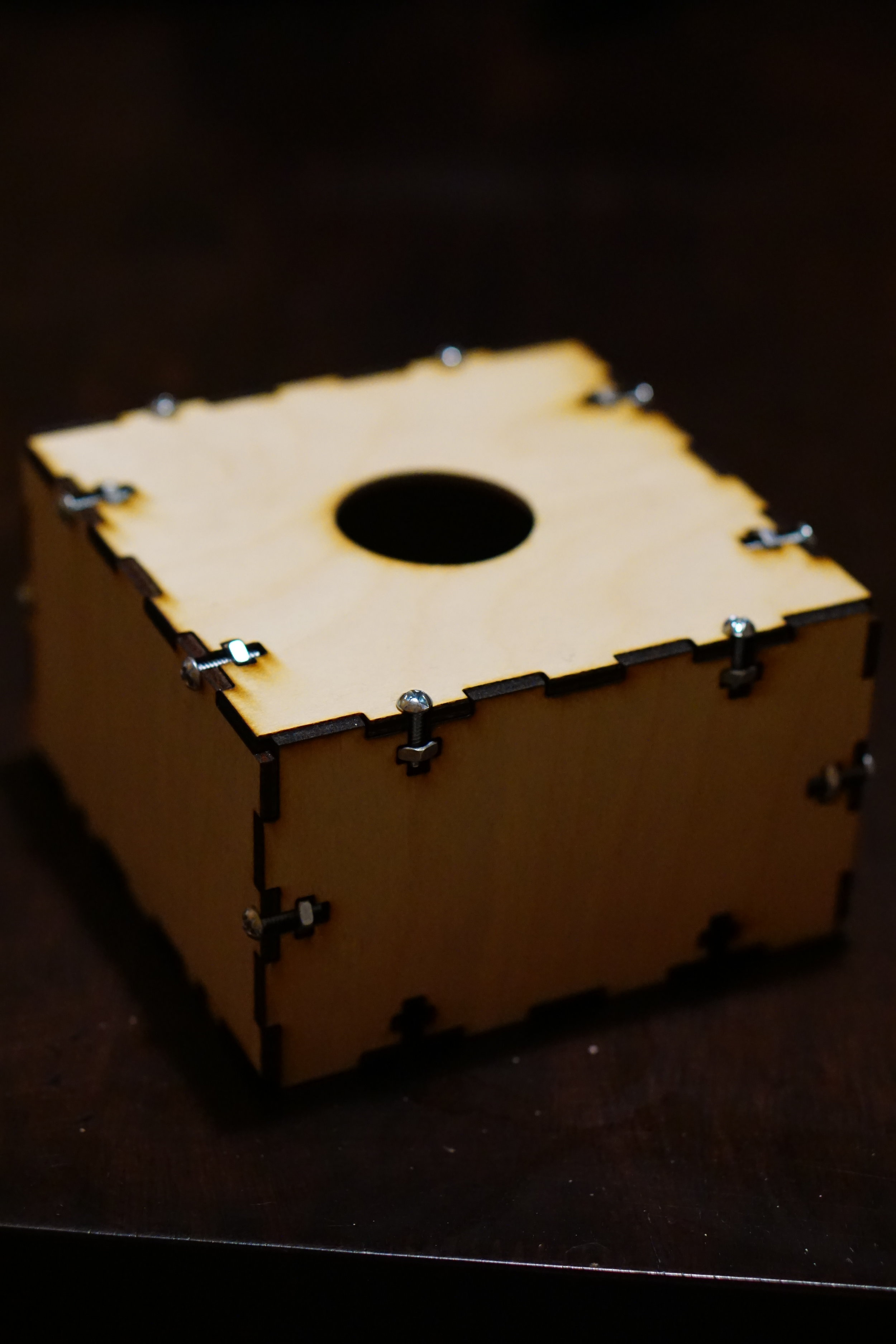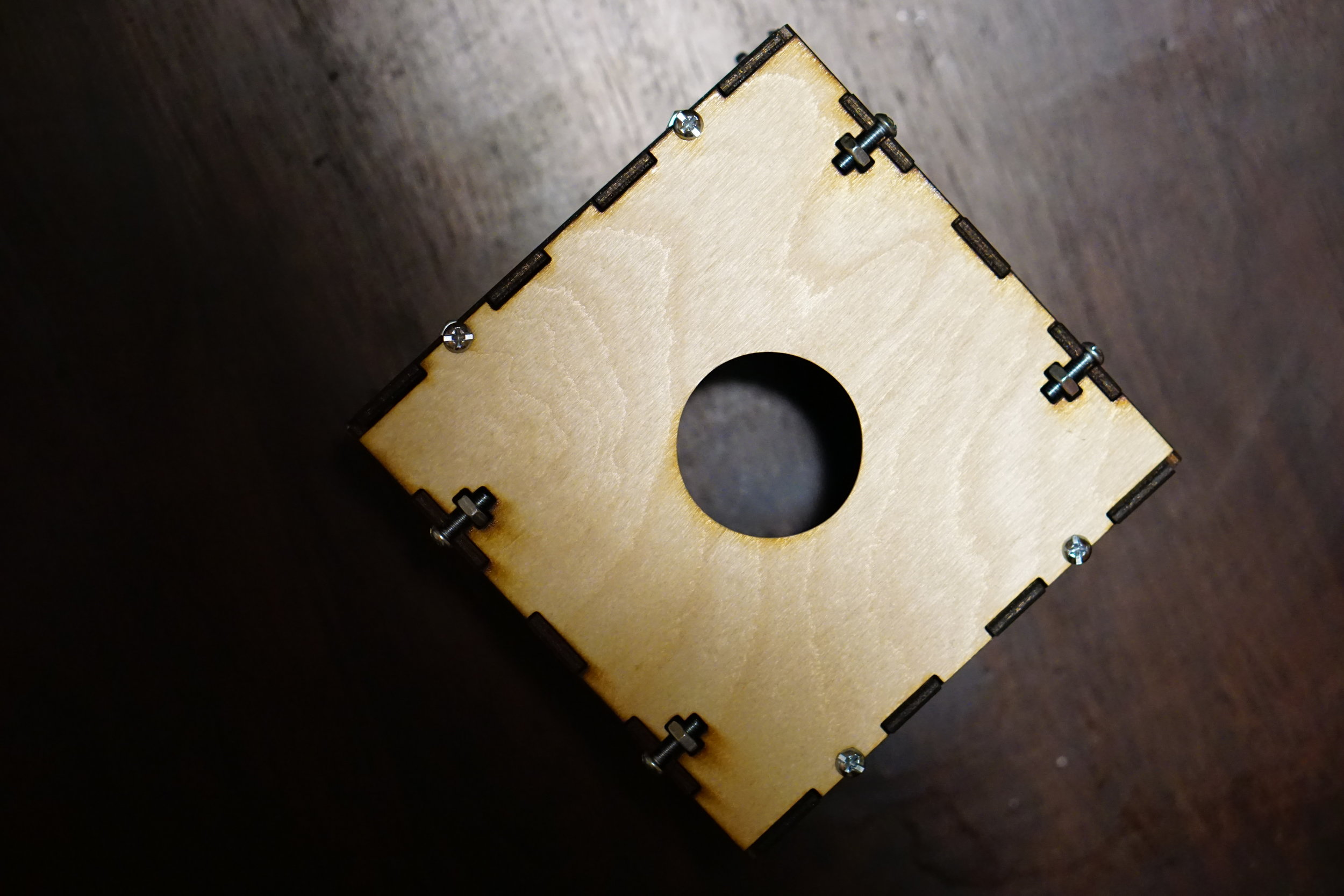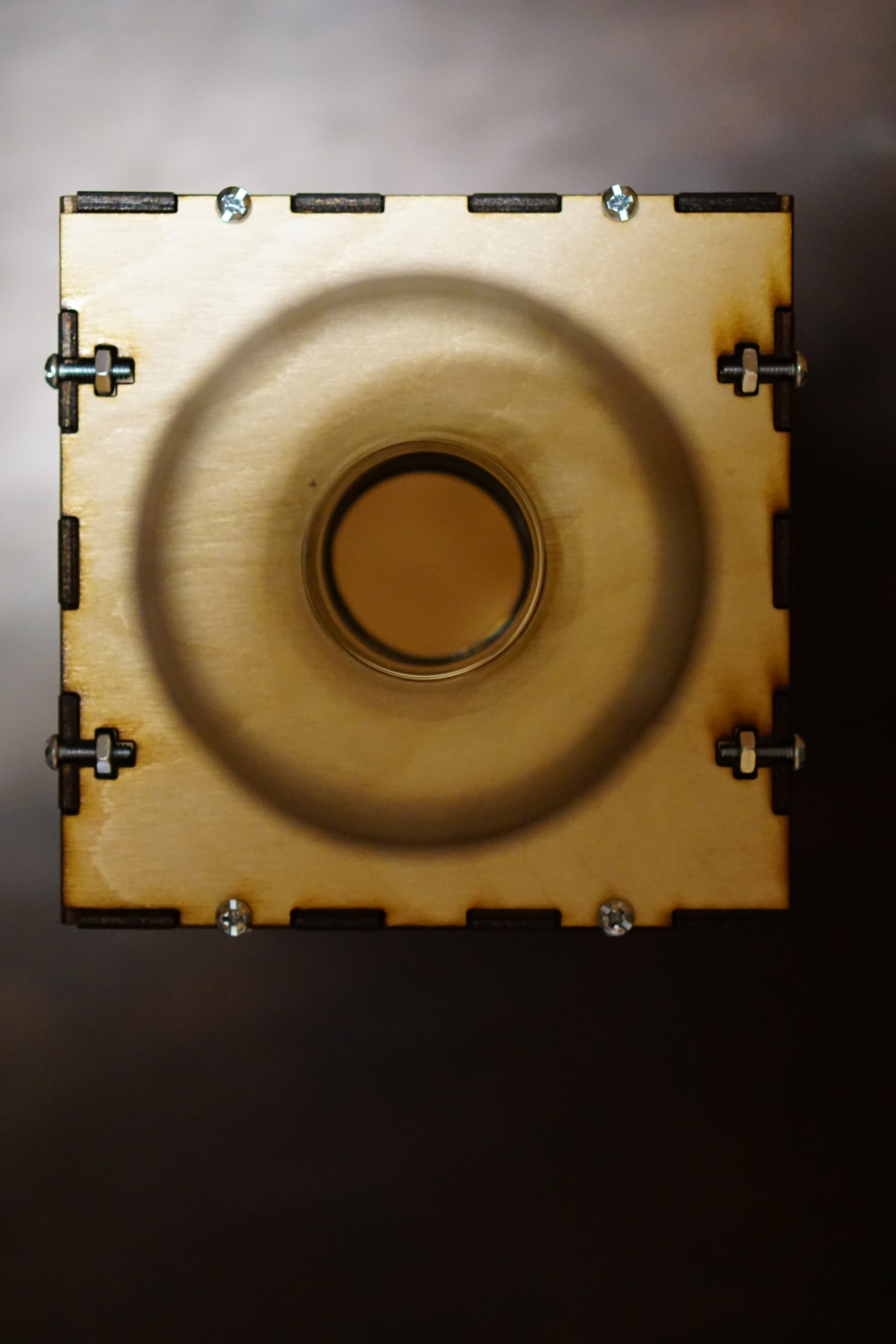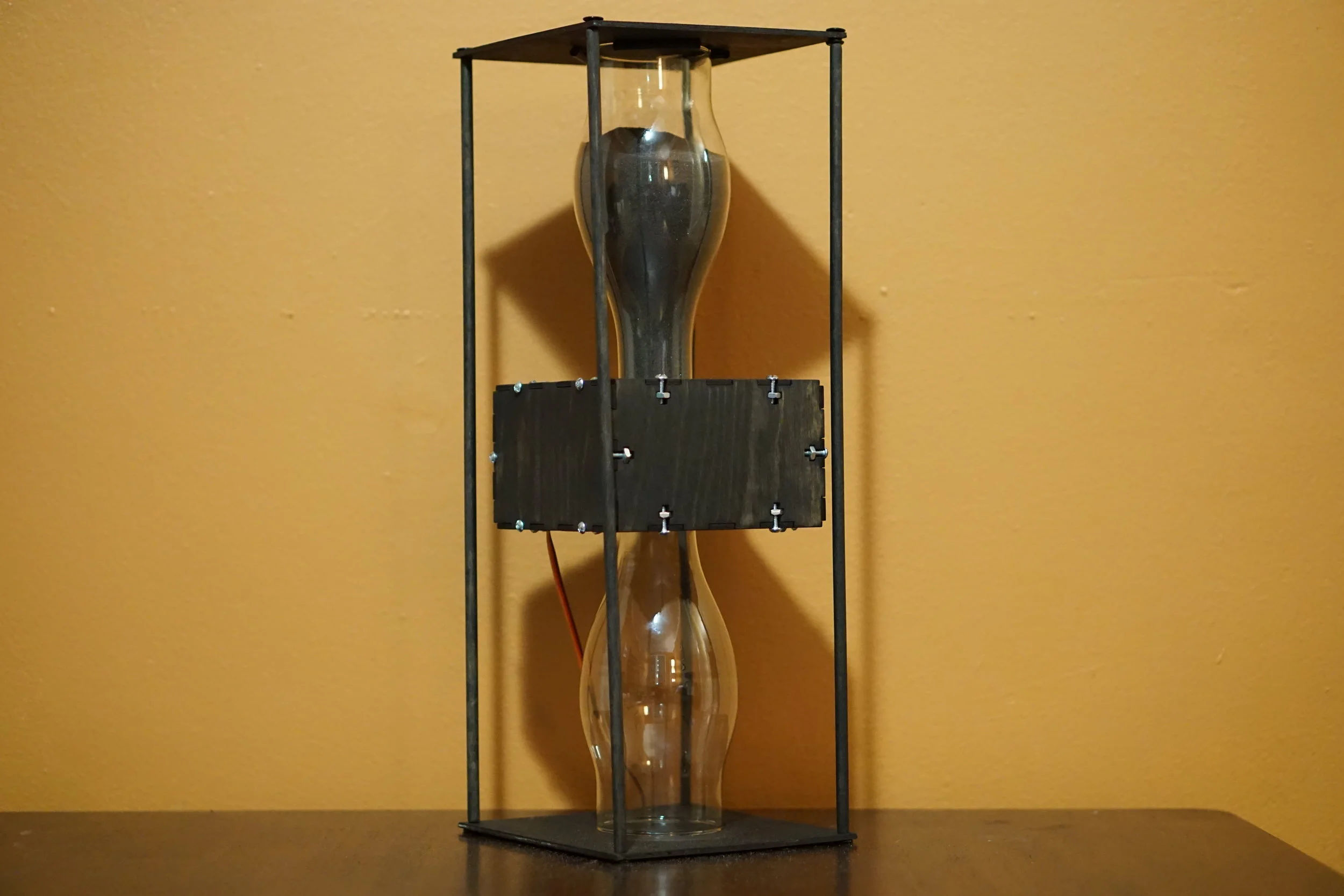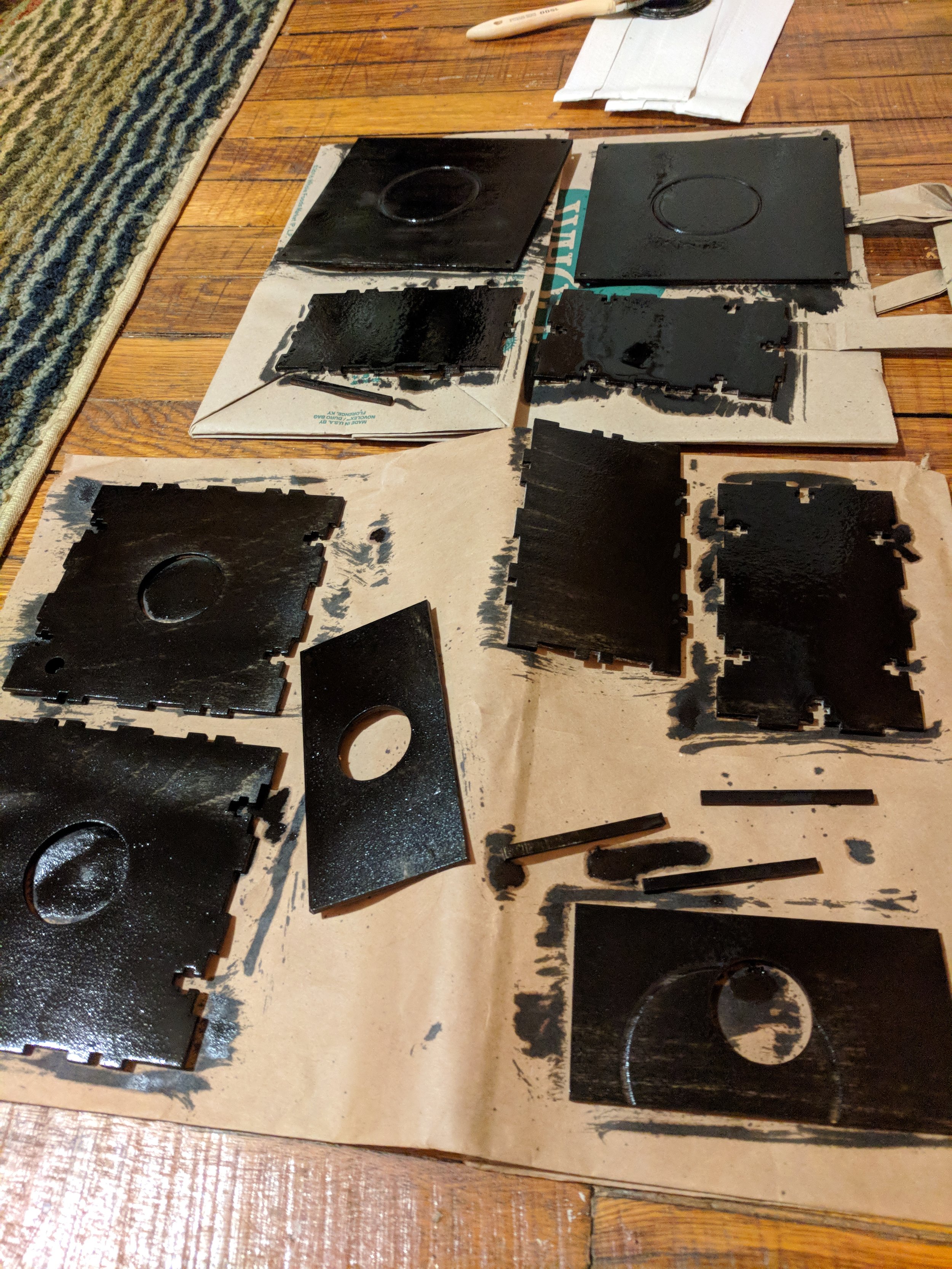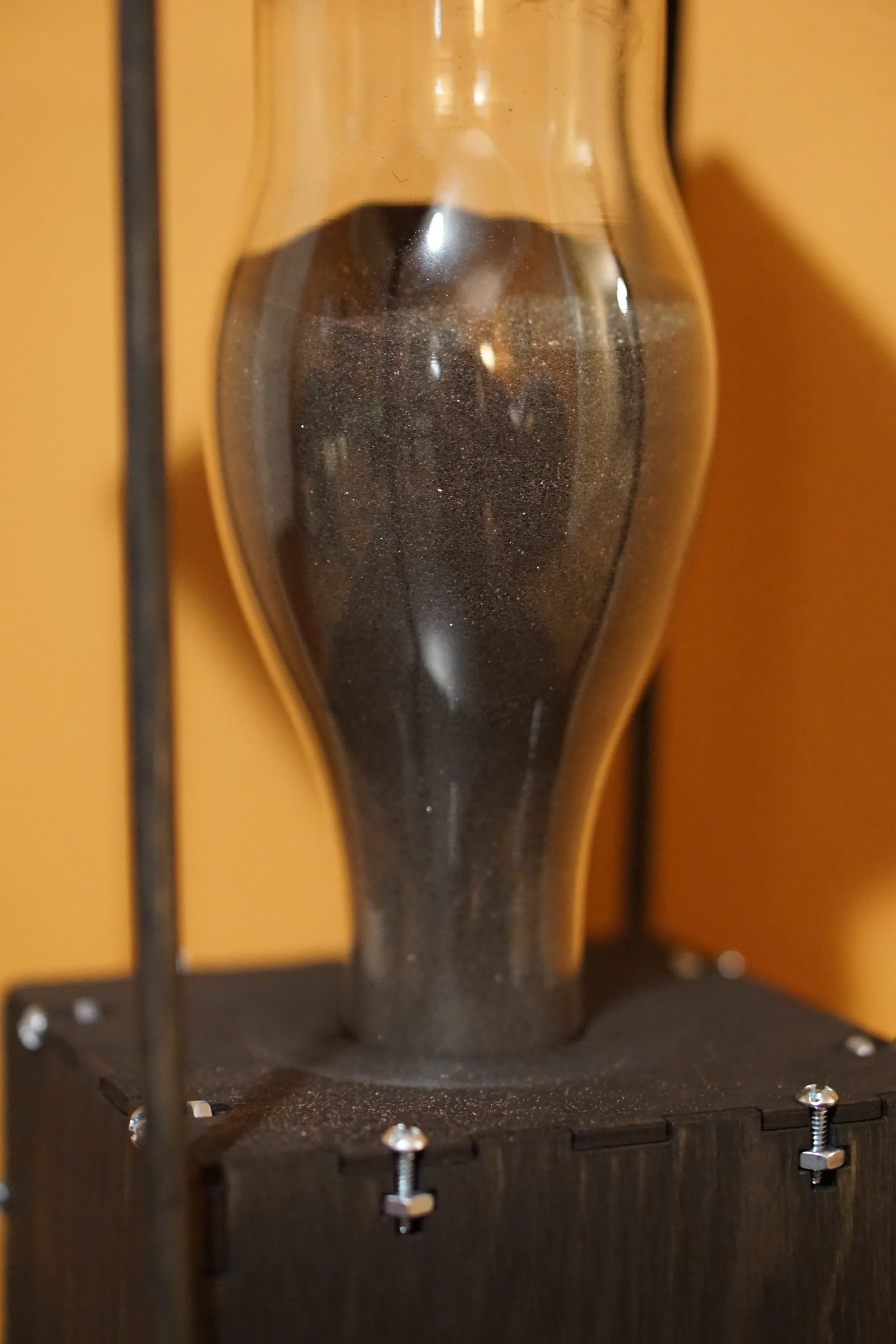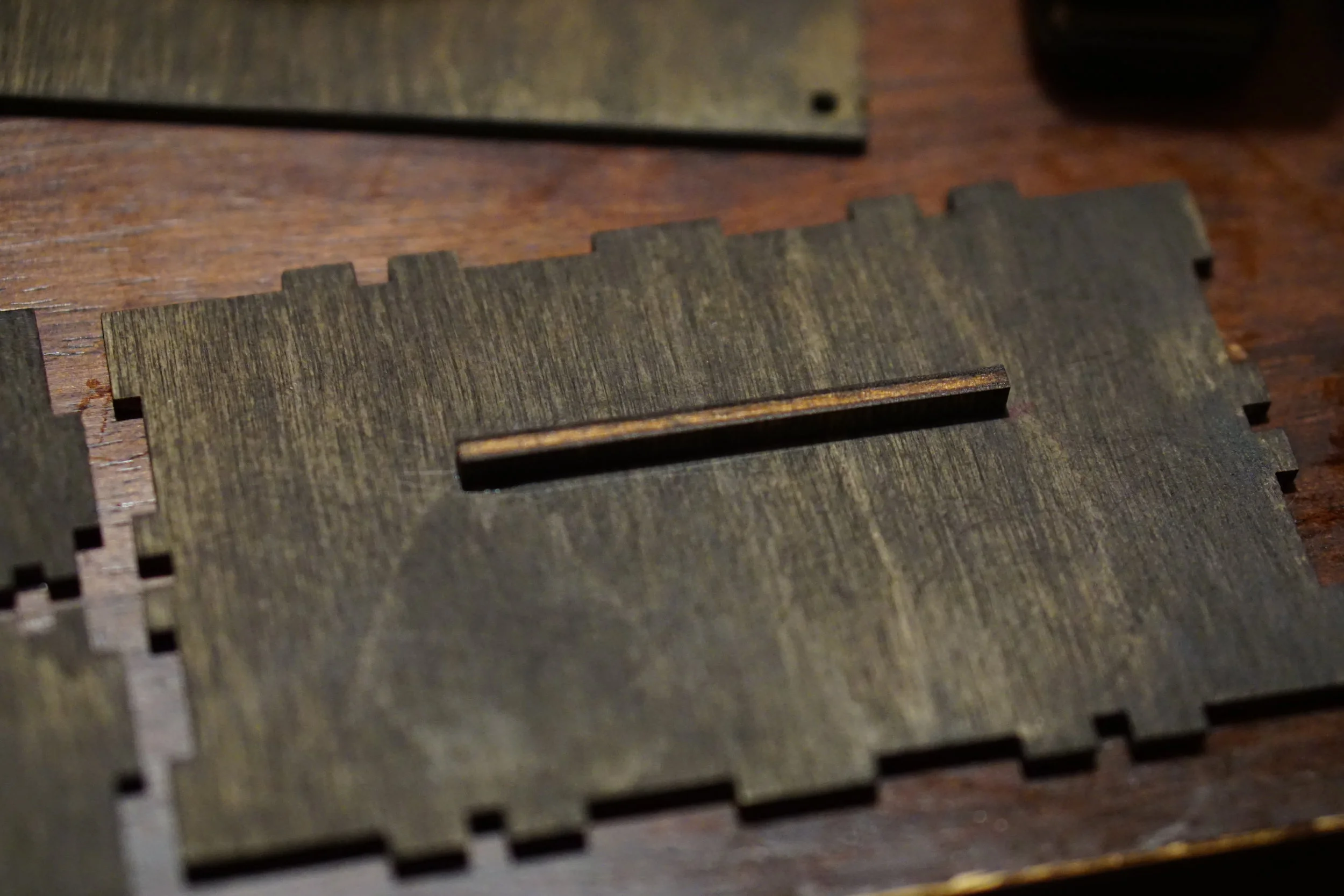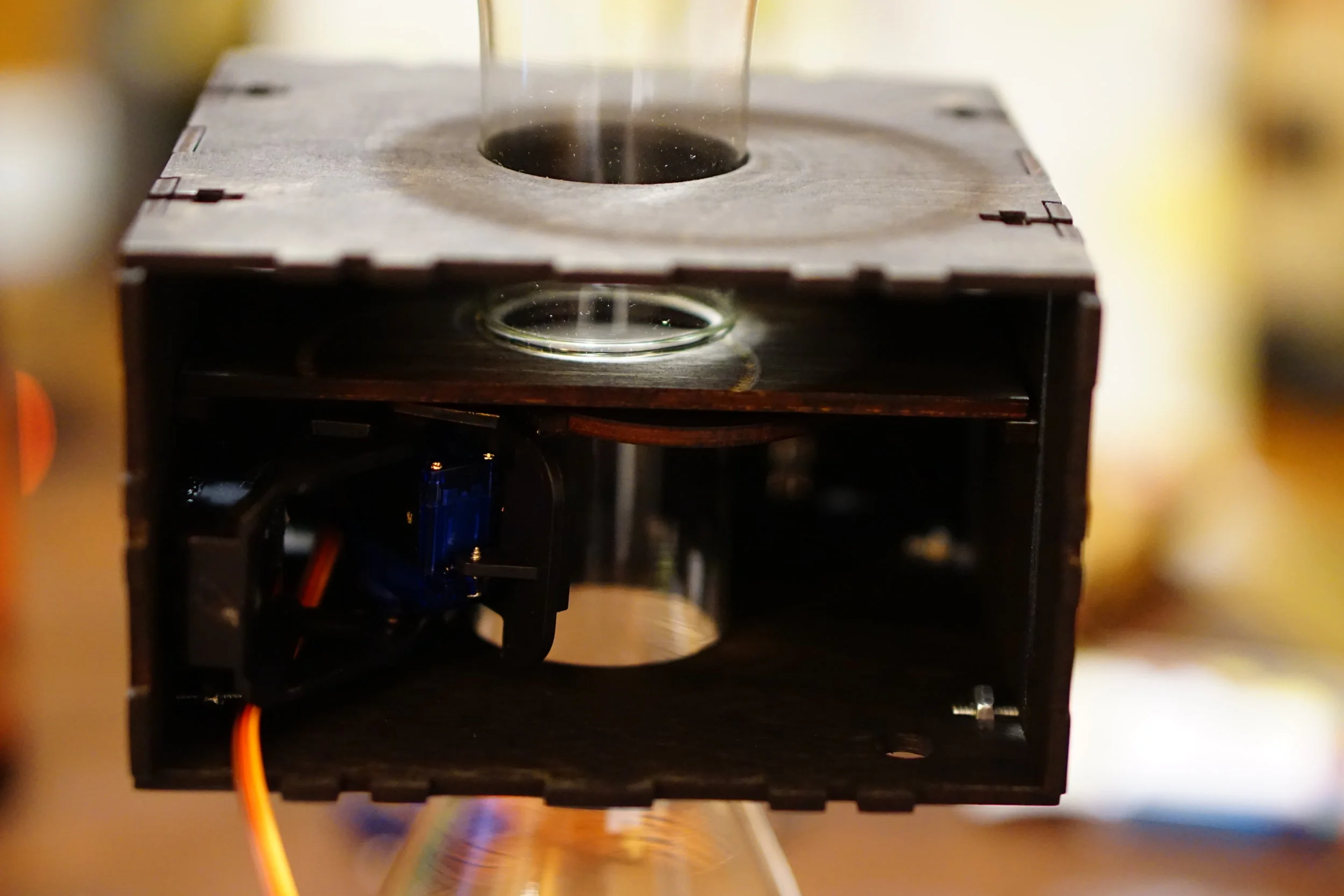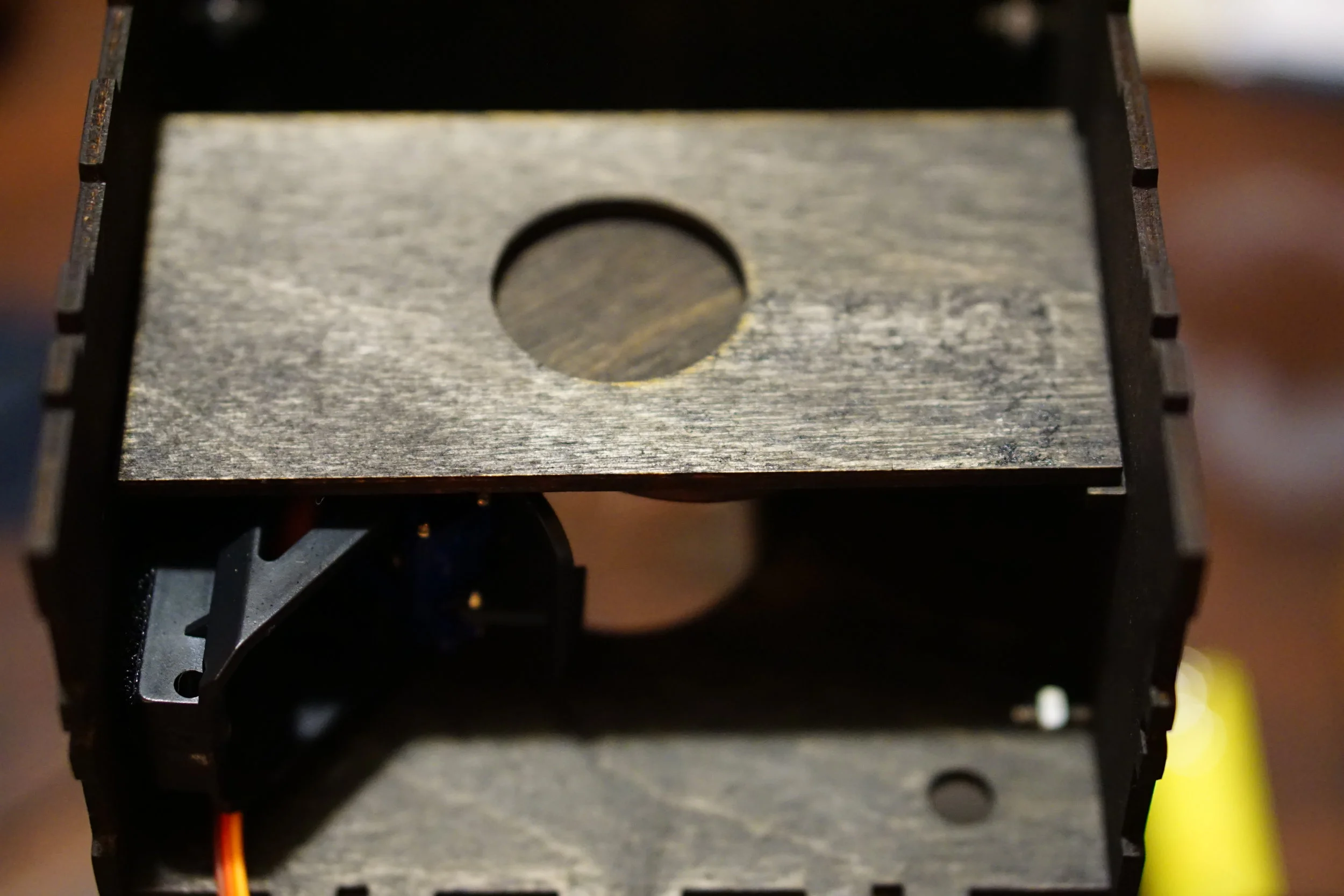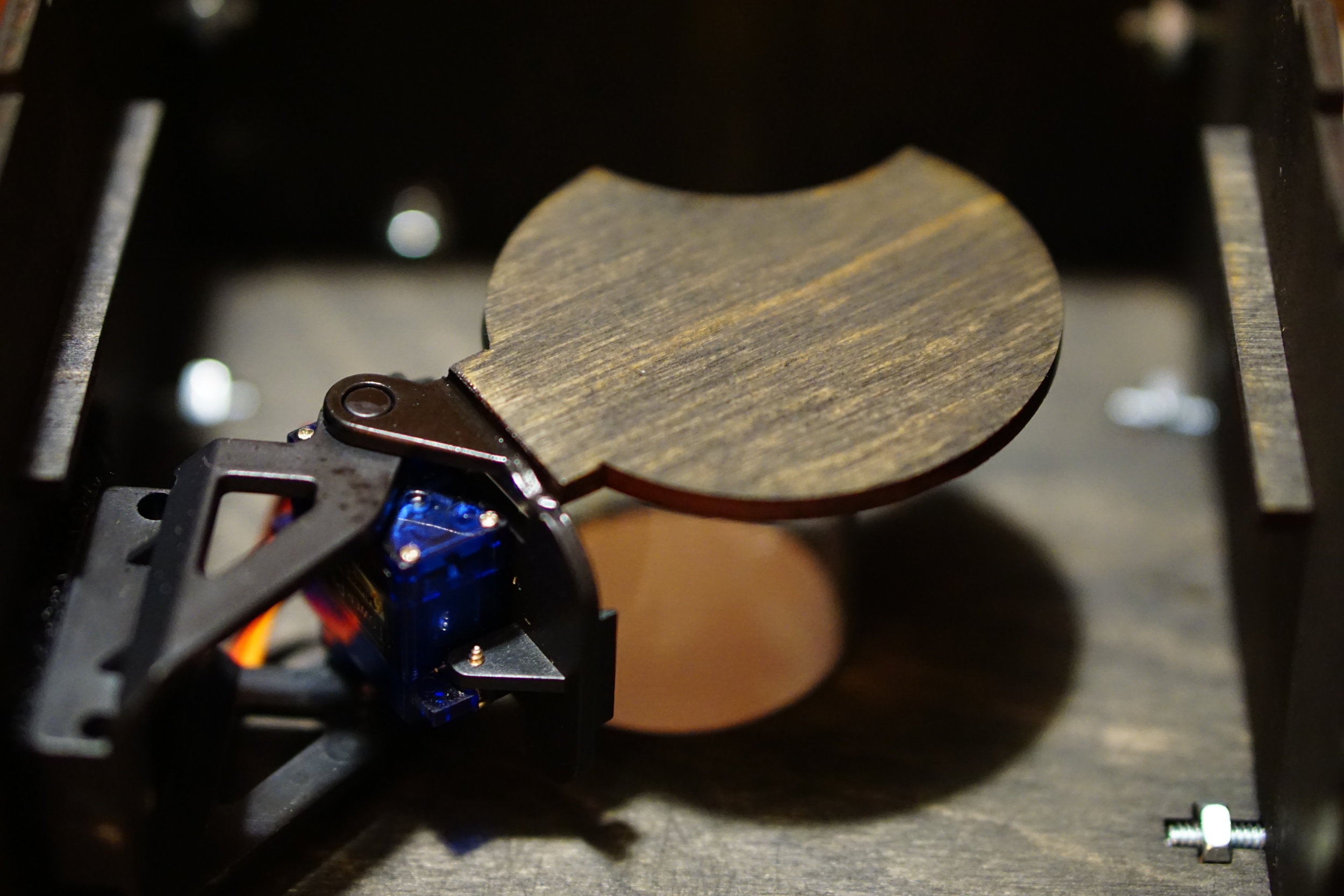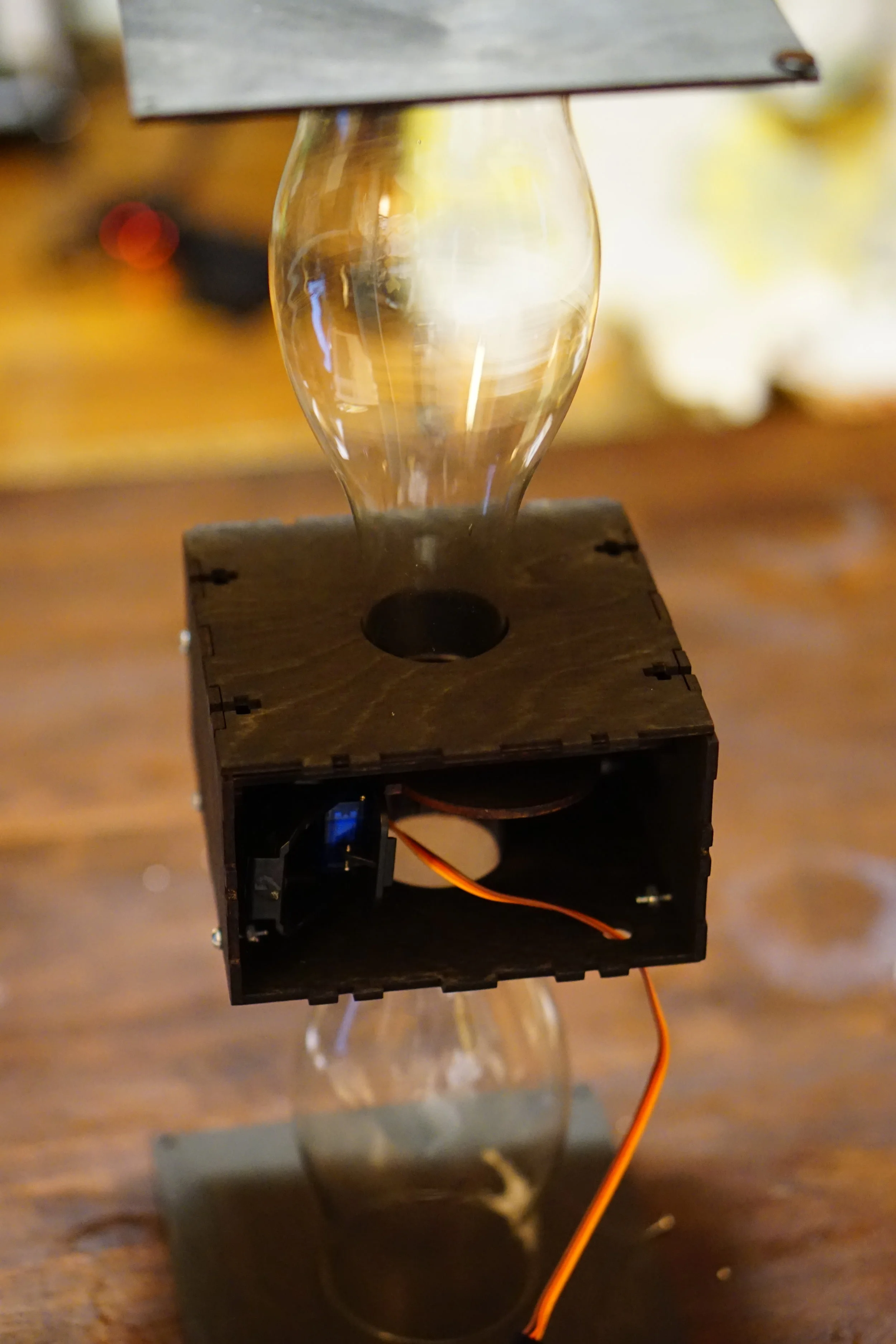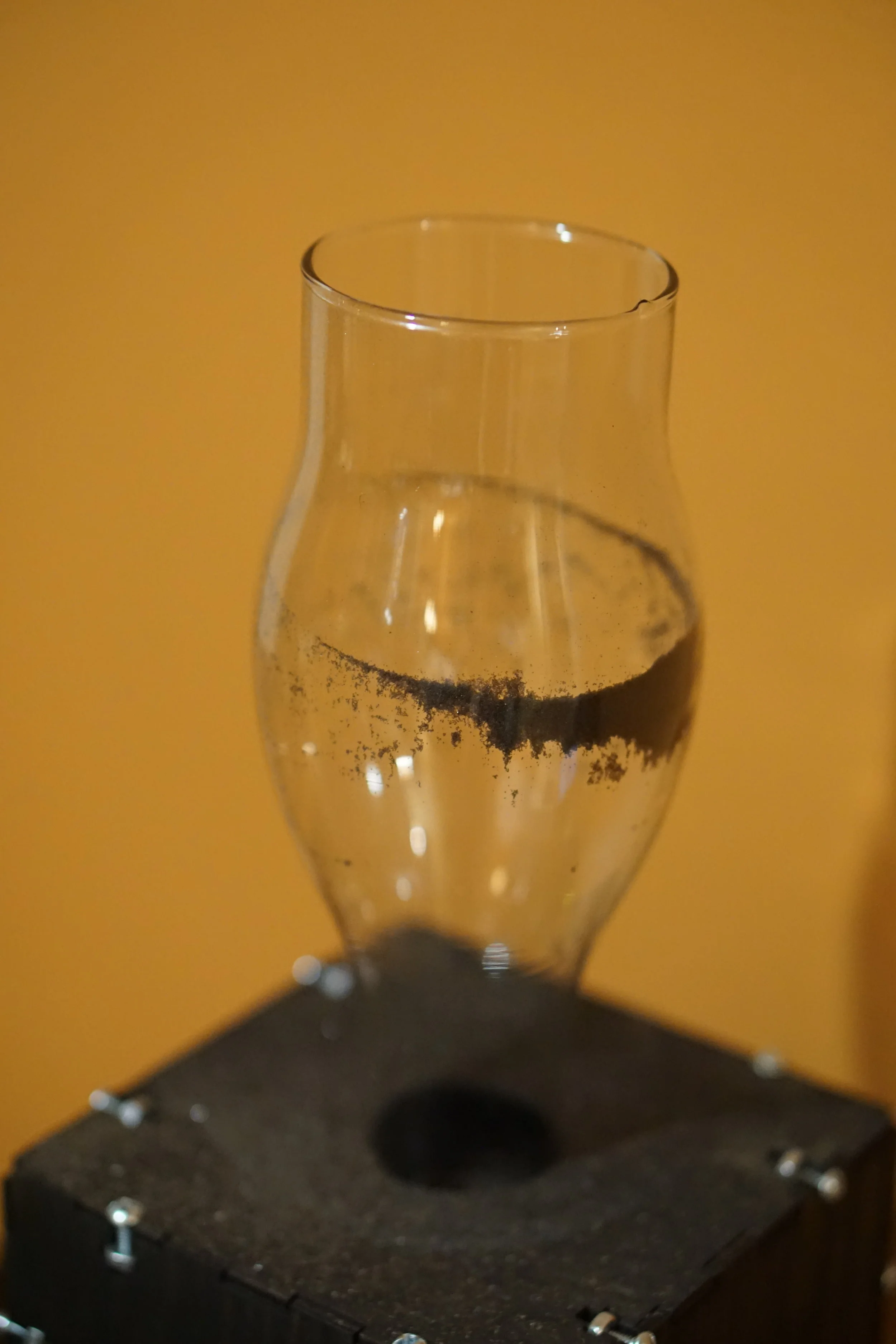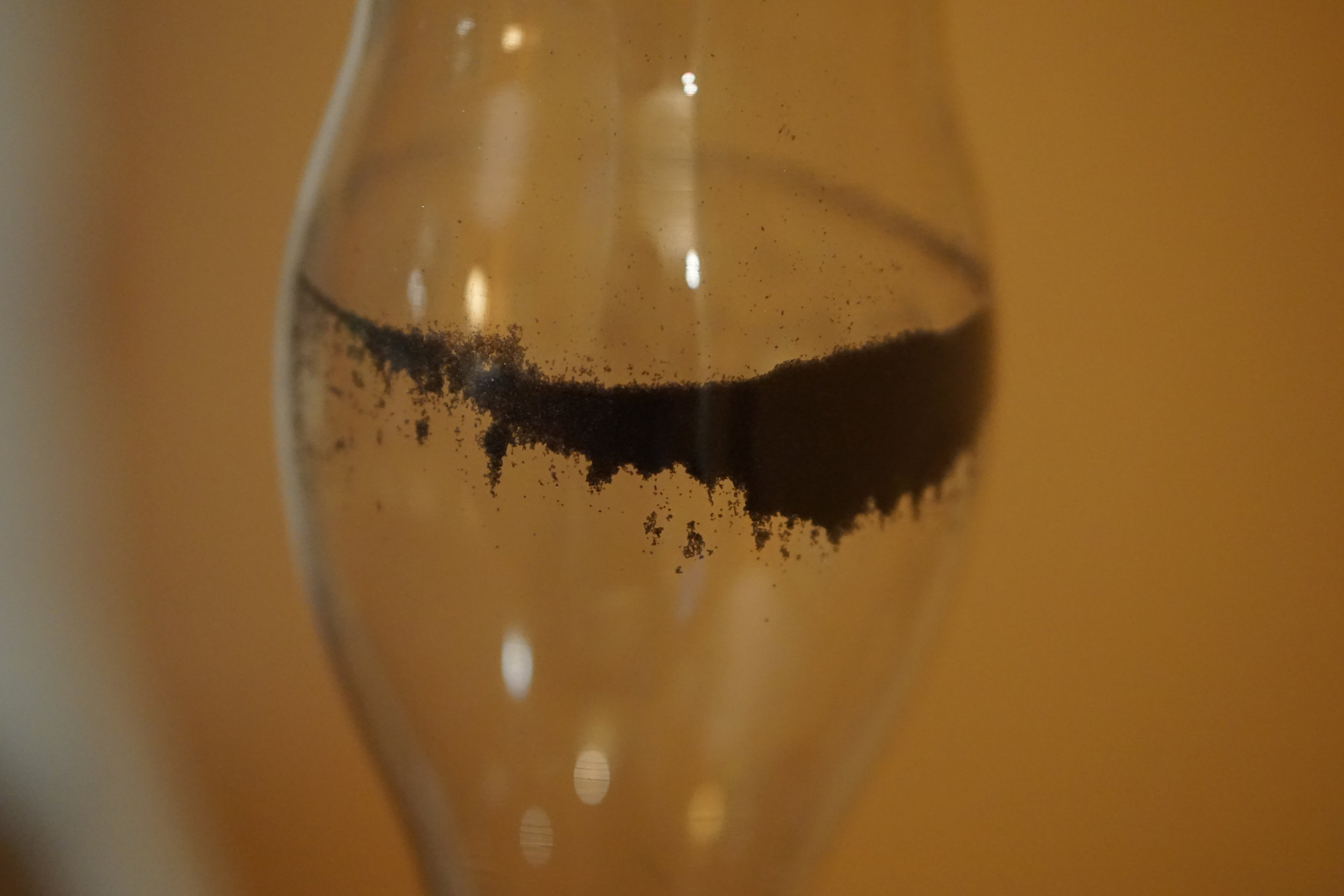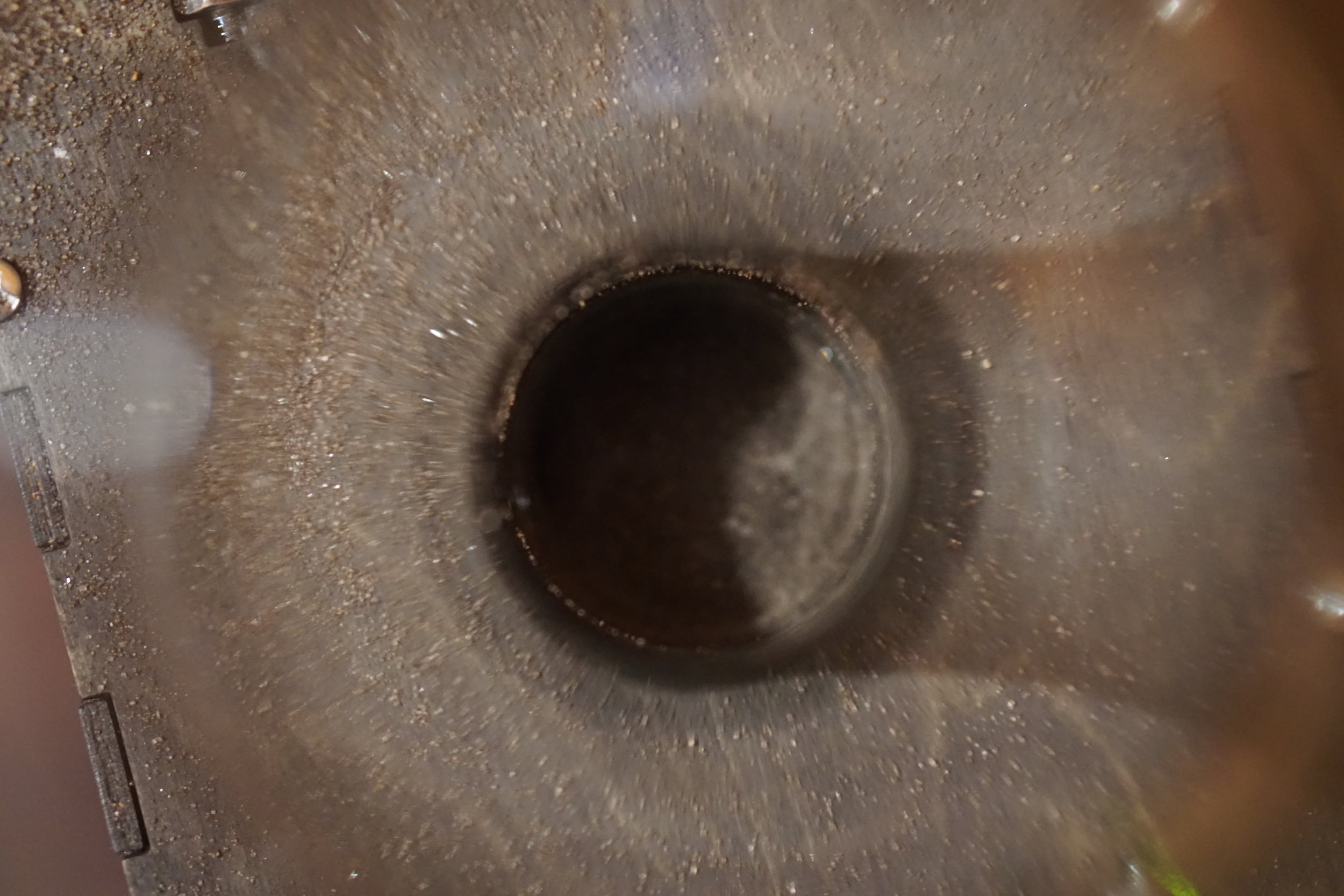Sonoscale: Limiting digital resources through speculative design
Sonoscale is a speculative design exercise which attempts to reconsider the limitless nature of computer music performance as a limited, measurable activity. By physically representing assets shared between performers, the project aims to explore the impact of imposing constraints on resources in a digital practice. Through this project practitioners in the field of computer music are prompted to reconsider how they make decisions, collaborate, and compose in real time, while simultaneously making this process more transparent for the audience.
Design sketching
Sonoscale began as a class project for Georgia Tech's LMC 6314: Design of Networked Media course taught by Carl DiSalvo. We were challenged to create a network or network representation which would consider how networks evolve, transform, and shape themselves and the things around them. I wanted to use this opportunity to reflect critically on musical performance as a network, and in particular consider how that network changes as new technology is introduced into the mix. Through rough sketching exercises, I became more and more interested in the concept of tangible resources and how musicians handle the affordances and constraints of their instruments, both digital and physical. I considered what an alternative world, in which digital resources took on the finite limitations of traditional instrumental practices, might look like, and how imposing and revealing these limitations might change the way practitioners consider their craft.
Cardboard prototyping: Out of the sketches came the metaphor of an hourglass, which could be used to represent tangible material resources which could run out over time. The initial idea took form in a basic cardboard prototype. Through this early phase of prototyping, I learned a good deal about what kind of technological and design requirements I was going to need to consider, including how to control the flow of material from top to bottom, how to connect the upper and lower halves of the device, and how to enclose the electronics in a functional and aesthetically coherent way.
Servo prototyping: As the software began to come together, I proceeded to prototype the servo mechanism which would control the material flow. Using lentils, I was able to see what the device might look like in action, and this led to several important observations, including issues of calibration and input/output, problems inherent in a vertically-actuating door, and the possibilities of actually sonifying the device itself (the lentils made a very pleasing sound as they fell).
Wood prototyping: Having some idea of spatial and formal requirements for the design, I proceeded to laser cut a more structurally composed version of the artifact. This is the stage at which I learned a lot about the more nuanced elements of design, which would take it beyond the prototyping stage toward a more polished final product. These elements included the need to physically separate the two glass halves, taking apart the dual servo motor in order to scale the connective box down, placing access holes for cables, and create depression in the wood for the two halves to rest stably in. Iterating on this final design resulted in the small things that no one will ever see, like a velcro system for making minor adjustments to the motor height and placement, a concave-shaped door to allow material flow, and small ledges to support a plank designed to anchor the top half of the glass in place.
Final Sonoscale: Stained wood, metal, glass, and sand rounded out the design metaphor and came together in a polished final artifact.
Sonoscale demo video
